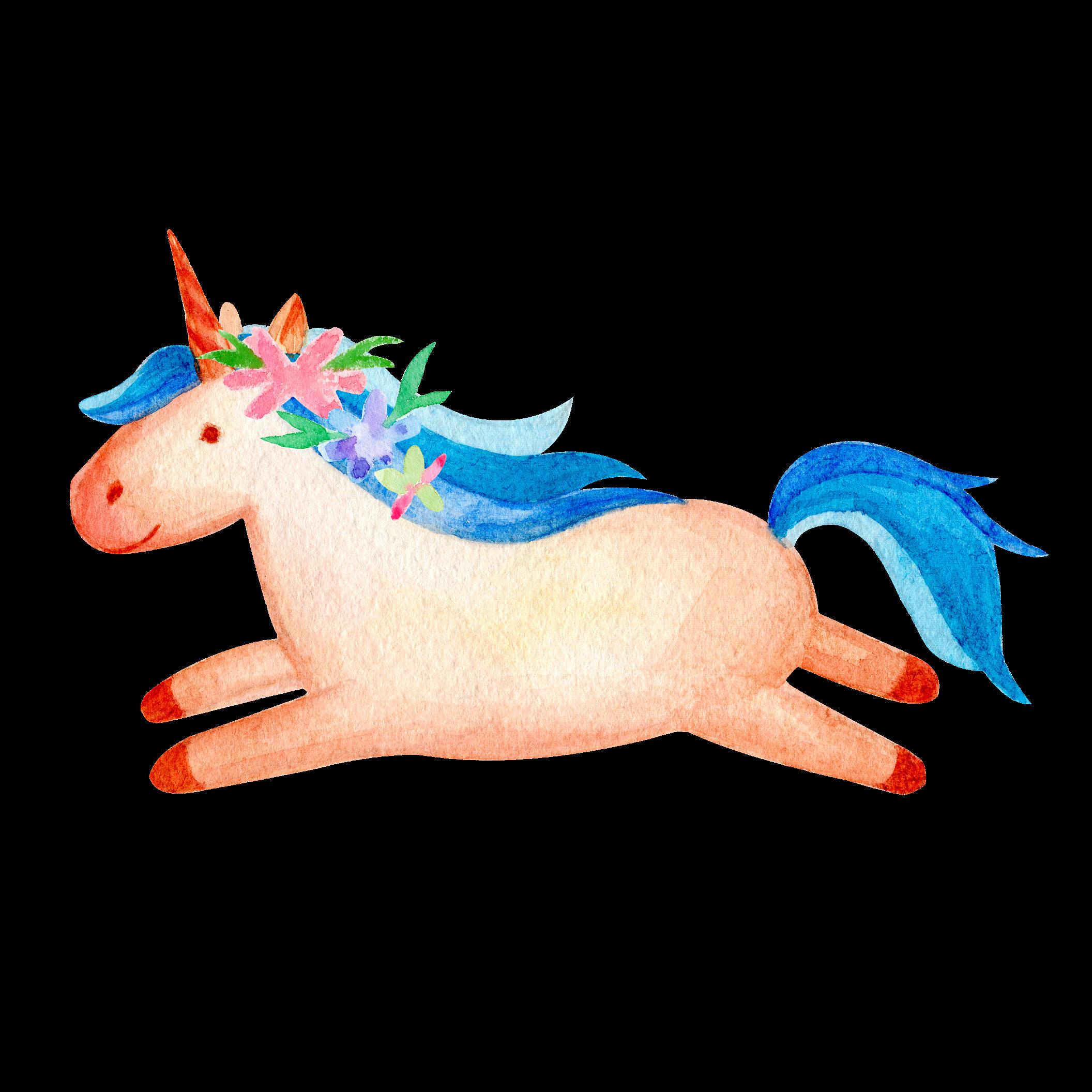












Teen Skin Essentials.






































Hello hello!
It’s great that you’re here with us for another edition of HQ Pony Mag.
This month, we have SO MUCH content for you, ranging from a review of the Trinations event to a look at the role of psyllium in horses, a discussion of horse welfare, and an exercise to perfect your 20-metre circles.
There’s something for everyone!
We hope you enjoy it. As always, let us know if there is anything you want us to feature in our upcoming editions.
Until next time!
We’d love to hear from you and receive your photos, drawings or pony-related thoughts. To get in touch send an email to lizzie@hqmagazine.co.za and we’ll get back to you!
The CSI-Y Tri-Nations
A remarkable competition
Circle vs. Square
An exercise to achieve the perfect 20 metre circle
Psyllium
Helping ponies feel better
HQ Pony's guide
To clipping your pony
Introducing our equine welfare series
Addressing the most important topic in the horse industry
Puzzle fun Wordsearch Spot the difference
Q&A Your questions answered Products we
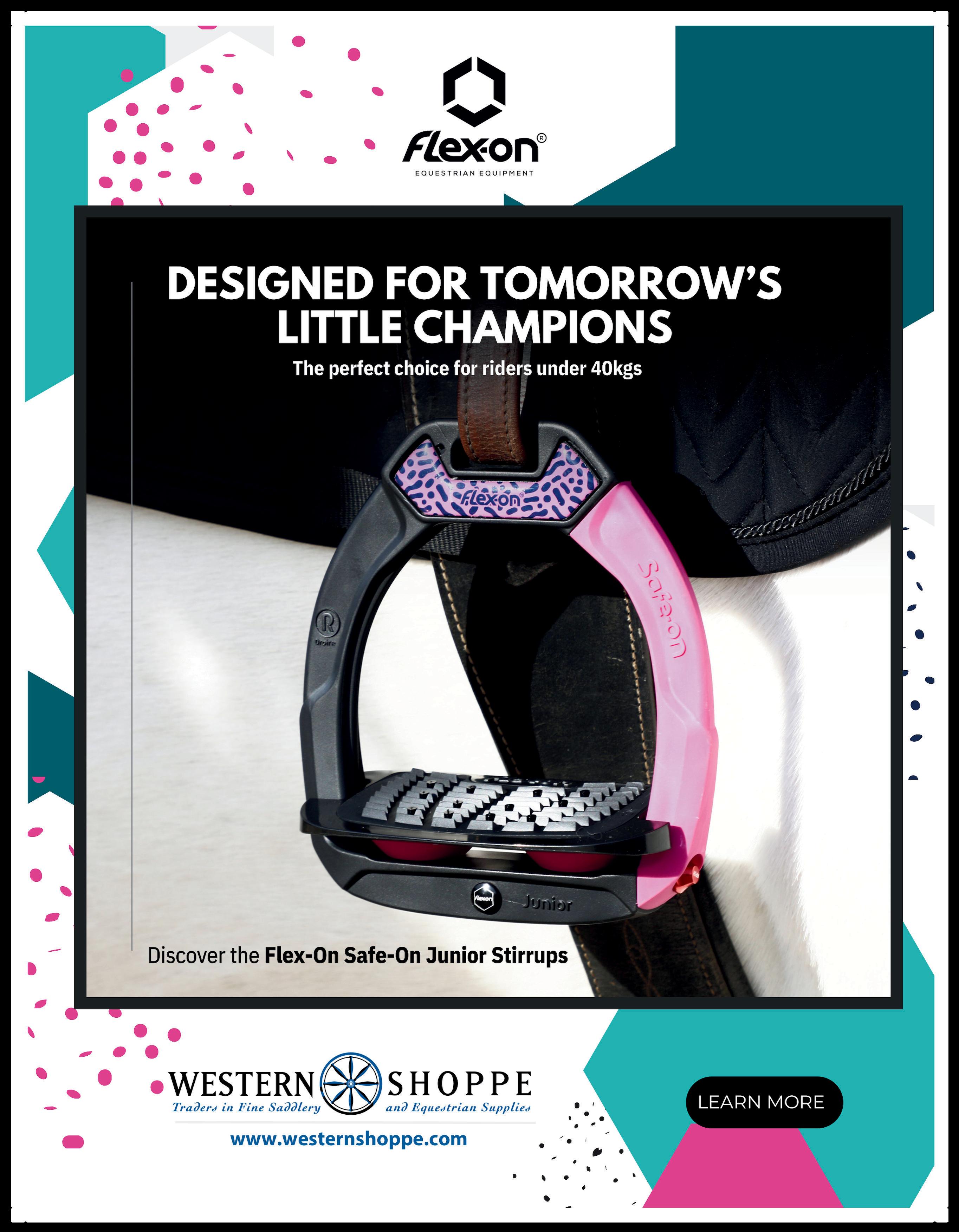
Text | Amelia Campbell-Horne Photography | Merlynn Trichardt Photography
This past weekend, South Africa hosted a Tri-Nations event for the first time in 17 years, with Ireland and Portugal accepting invitations to attend. A team of selectors was put together for South Africa, and from a very strong long list, Ashlee Taylor, Thomas van Rijckevorsel, Giorgia Scribante, Hamza Minty, and Janine Coetzee (reserve) were selected to form our Team. Much work went into making this event a reality, and the results did not disappoint!
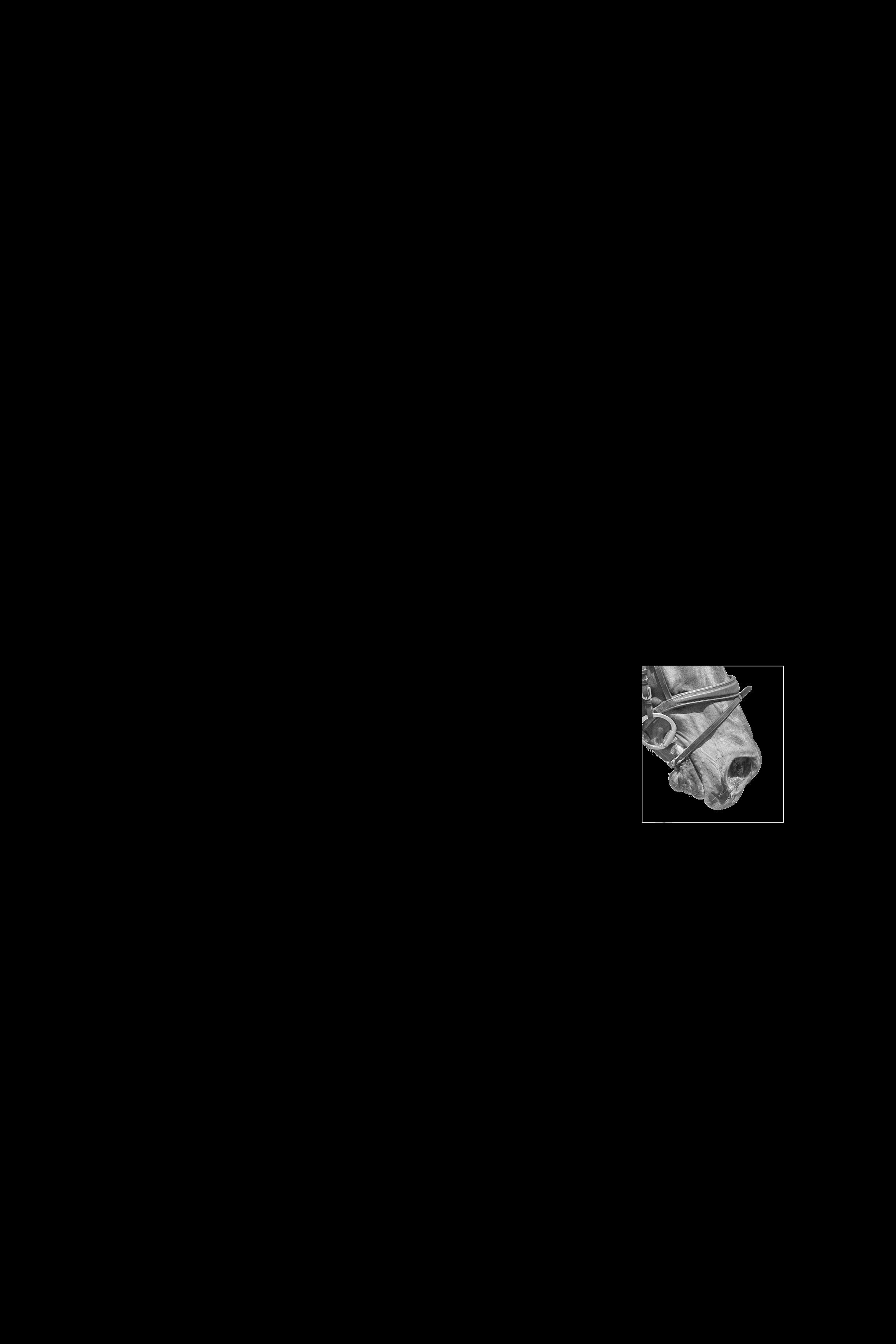
COMPETITION 1- THE IRISH MADE IT KNOWN THAT THEY WERE HERE TO WIN!
The Irish Chef d'Equipe of the Young Rider Team at the Tri-Nations made his intentions clear from the moment he arrived; "We are here to win!" His Team certainly reiterated his point by making a clean sweep of the podium placings in the first (individual) competition.
Katie Nallon (IRE), riding Lauren La Grange's ever-speedy Zorino Hot Spot, came out on top with a quick clear in 63.36 sec, while Eoin Brennan (IRE) riding Oscar Ncube's S'Fikile Callaho Consigo finished just behind her, clear in 64.77 sec. Despite having a tough time in the training session on the first day and considering exchanging horses,
Katie McEntee (IRE) made the most of her drawn horse, The Ranch's Darc Dancer LC, jumping clear in 64.77 sec, which was good enough for third. The last of the Irish riders, Coen Williams, produced another speedy round, but taking one rail along the way dropped him down the final rankings.
The Portuguese riders jumped four classy clears, with the quickest rider, Ana Marta De Silva Abreu, picking up fourth with Cortina RLH Z, which put a big smile on owner Amy Hay's face!

The South African riders had a slightly different brief from their Chef d'Equipe, Brendan McNevin; they were to get to know their rides and test out their gears.
1st – Katie Nallon – Zorino Hot Spot owned by Lauren Le Grange
2nd – Eoin Brennan – S'Fikile Callaho Consigo owned by Oscar Ncube and Catherine MacFarlane
3rd – Katie Mc Entee – The Ranch's Darc Dancer LC owned by Jaili Nicolaou
4th – Ana Marta De Silva Abreu –Cortina RLH Z owned by Amy Hay

The second competition saw the 12 incredibly stylish and effective competitors from the three nations jump around a two-phase competition over a slightly bigger and more technical track. The track caused some issues for each of the teams, as the riders were still learning their mounts and what was required of them as riders to give their borrowed horses the confidence to jump the track.
The Irish came out with the same mindset as the first day - to win - and their second rider, Eoin Brennan, threw down the gauntlet, taking all the inside turns and taking the direct fivestride ride, dropping a stride to the last. He came home clear aboard Callaho Consigo in a cracking time of 33.76 sec. Katie Mc Entee also had a super ride on Darc Dancer LC. She put in a smooth, flowing and confident round but didn't take the inside turns and came home clear some 10 seconds off the pace in 39.02 sec.
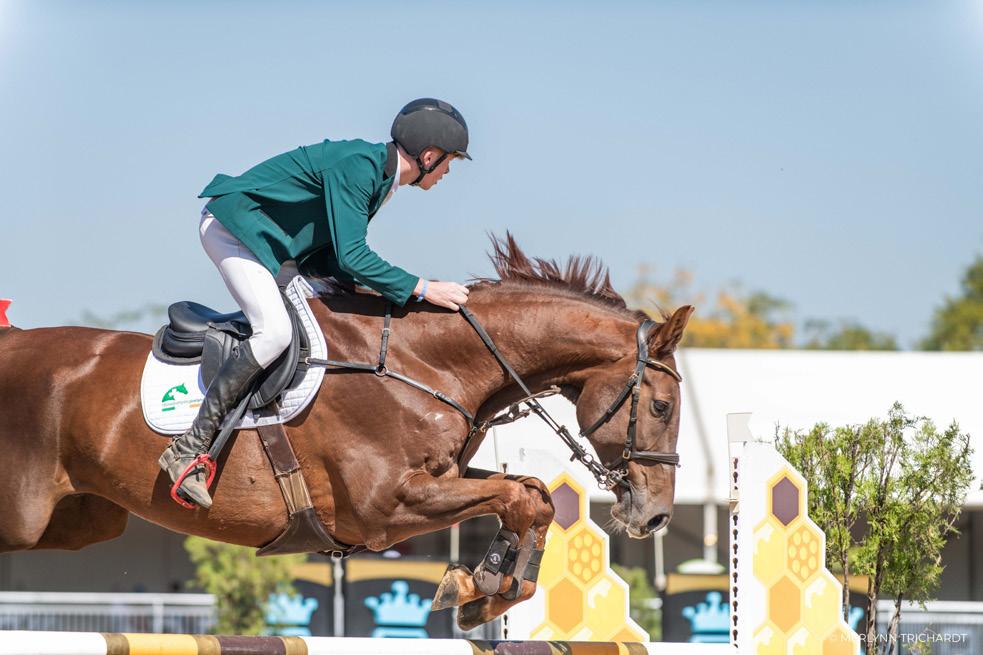

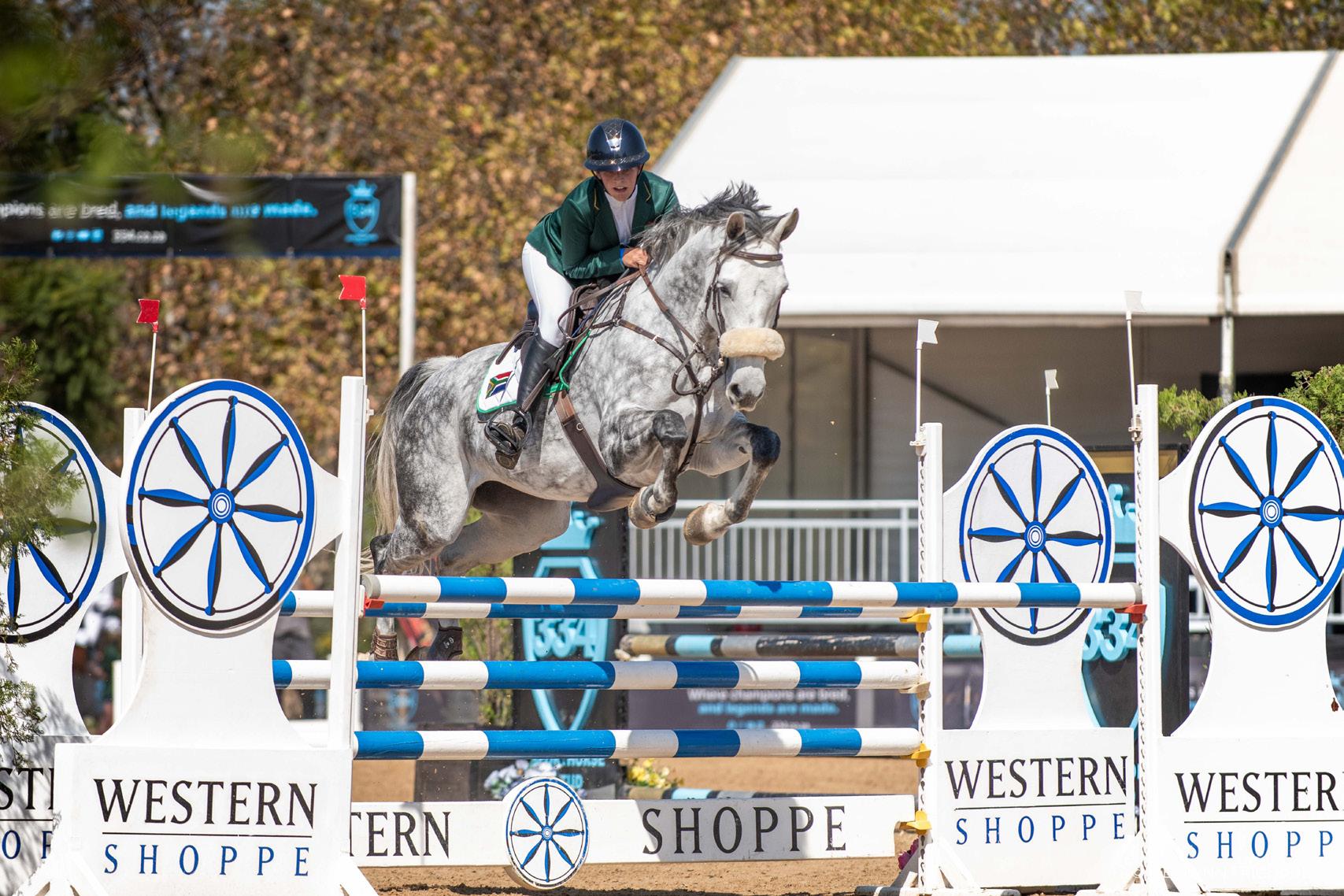
The Portuguese riders showcased some classy rounds, with Daniela Pereira Rodrigues on Seeis Michaela and Alice Rocha Laruca on Connall VTS, both having unlucky rails as they tested out what their rides would do under pressure. They finished 7th and 8th respectively. Ana Marta, who had placed fourth on the previous day on the lovely Cortina RLH Z, had another super round and, despite being nearly jumped out the saddle through the double, still pulled off the inside turn to the last line (stirrupless!) and secured herself third place.
The South African Team were much more competitive on day two of the competition, riding faster and tighter rounds. After a difficult familiarisation on day one, Ashlee Taylor, riding in her mom's first Nations Cup jacket, had managed to form a solid partnership with her ride, Roxstar Bourbon. The pair made the track look easy and tried out some of the inside lines to come home clear in 39.02 sec which was ultimately good enough for second. Hamza Minty, the youngest of the riders at only 15 years old, piloted the one-eyed-wonder Caldhame's Eragon around clear in 42.81 sec which was good enough for 4th.
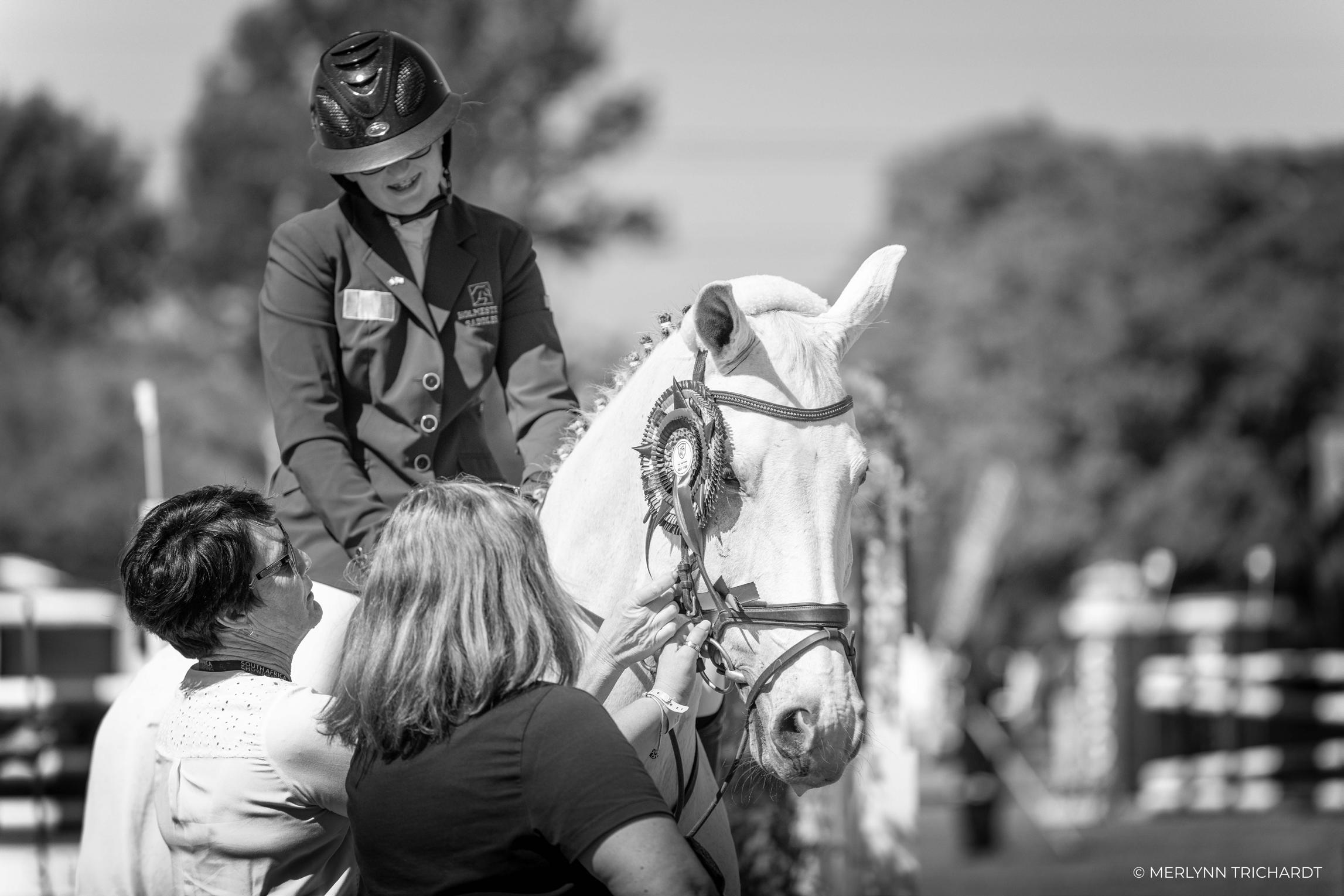
1st – Eoin Brennan – S'Fikile
Callaho Consigo owned by Oscar Ncube and Catherine Mcfarlane
2nd – Ashlee Taylor – Roxstar Bourbon owned by Tania Davey –Smith
3rd – Ana Marta De Silva Abreu –Cortina RLH Z owned by Amy Hay
4th – Hamza Minty – Caldhame's Eragon owned by Michaela Cutts

Ireland drew to go first in the Nations Cup and sent out Eoin Brennan, who had had a super start to the tour, placing second and first in the two warm-up competitions. Staying on form, he produced a clear for his Team. Ashlee Taylor then jumped for South Africa and also produced a classy clear much to the delight of the crowd! Daniela Pereira Rodrigues then jumped for Portugal and finished with an unfortunate four penalties.

The second string of riders saw Katie Nallon jump a new ride, Callaho Bogart, after her drawn ride hadn't seemed himself on the first day. As a true testament to her ability as a rider, she piloted the reserve horse, Bogart, who was very different from her first ride. She rode around the track expertly but, unfortunately, had the last rail. Giorgia Scribante had a very tough time on the playful and spooky young horse Continental Drift and did well to get around with three rails. Camila Nunes Pereira looked like she had gotten the hang of her ride Gulliver and was clear to the final double, where they had an unfortunate miscommunication and parted ways, meaning Portugal would have to use her round as a drop score.
The third batch of riders from Ireland (Katie McEntee) and Portugal (Alice Rocha Laruca) produced clears, while Hamza Minty for South Africa had a good round but picked up an unlucky rail. Of the final riders in the first round, Thomas (RSA) was clear, Coen (IRE) had one soft rail for 4f, while Ana Marta (POR) had an unfortunate two rails on the mare that she had placed in both welcome classes on.
This meant after the first round, both Ireland and South Africa were on four penalties, while Portugal was on 12 penalties, and the title was still open for any of the Teams to claim!
In the second round, the first three Irish riders produced two four-penalty finishes (Eoin and Katie Nallon) and one clear from Katie McEntee. The first three South African riders finished on a clear (Ashlee), 12 penalties (Giorgia), and four penalties from Hamza, while the first two Portuguese riders, Daniela and Alice, both produced clears.
This meant that Ireland and South Africa both needed a clear from their final riders to give them an eight-penalty final score. Failing that, Ireland would be on 12 penalties, while South Africa would be on 12 or more penalties. A clear from Portugal was needed to leave them on a score of 12 penalties and provide an opportunity for a jump-off should the other teams have a rail.
The atmosphere was thick, and everyone was on the edge of their seat as Coen jumped for Ireland. His round looked exceptional until the end, when they took down 9a, 10, and 11, leaving their score as the drop score, and Ireland on a final tally of 12 penalties.
This meant South Africa required a clear from Thomas for an outright win or, failing that, four penalties for a jump-off. Brendan McNevin selected Thomas as the anchor rider for South Africa not only for his experience and skill but also for his ability to perform under extreme pressure—this proved to be a very wise choice.
An electric crowd held their breath as Thomas piloted Ultime d'Eliapi around the track. The crowd counted down the jumps left to clear, and the commentators from the live stream could not help but ride along with Thomas. As Thomas cleared the last, securing the win for South Africa, the crowd exploded!
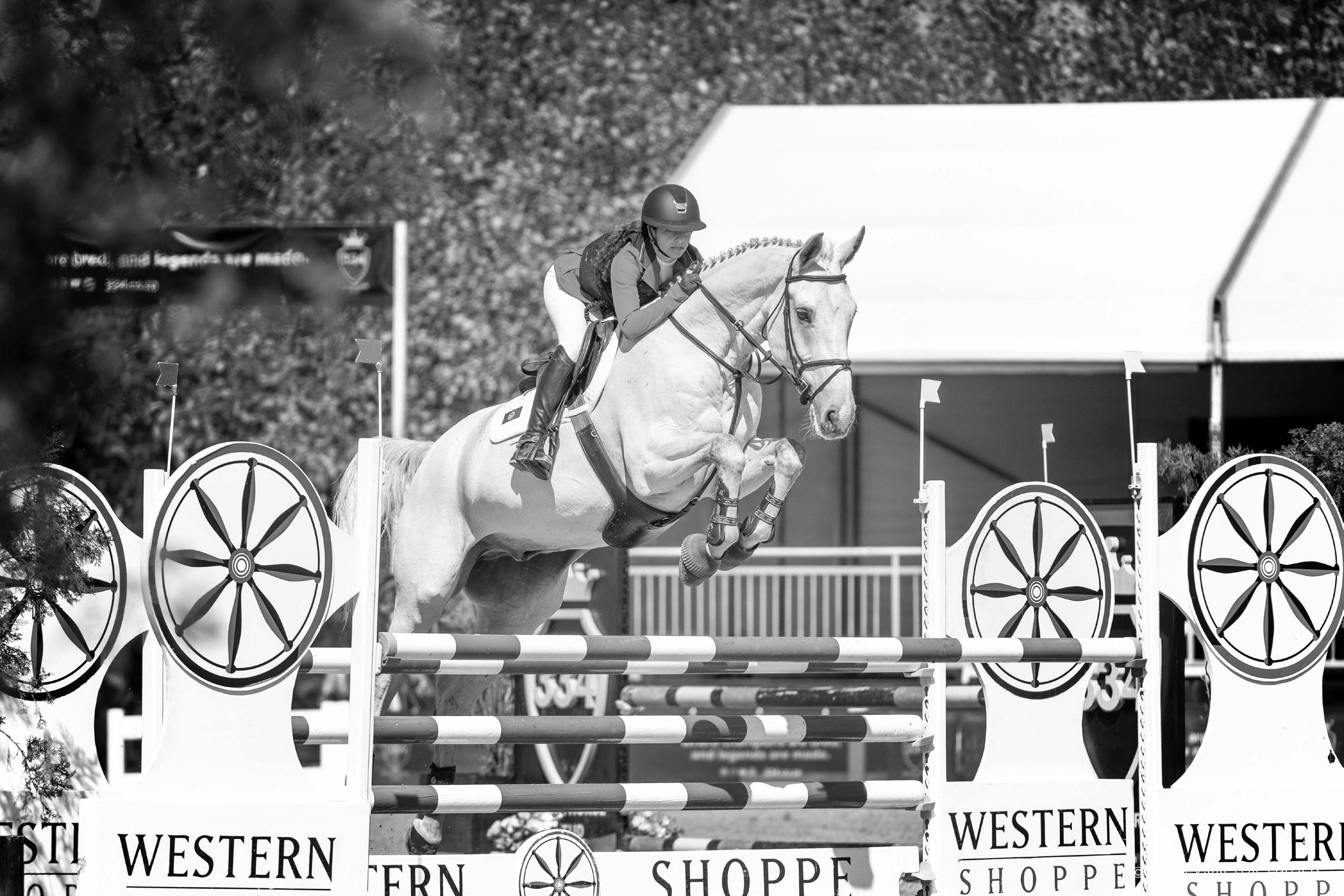


FINAL RESULTS FOR THE CSI-Y TRI-NATIONS 2024
1st – South Africa (8 penalties)
2nd – Ireland (12 penalties)
3rd – Portugal (16 penalties)
We caught up with our South African Team riders, Ashlee Taylor, Giorgia Scribante, Thomas van Rijckevorsel, Hamza Minty and Janine Coetzee, to hear more about the experiences:
HQP : What was the highlight of the event for you?
Ashlee: Being able to meet new people and learn different things about the place that they come from.
Giorgia: The Team managing to take the win on Saturday.
Thomas: Definitely winning the event as a Team. It is the best jumping in a Team event like this. We had a really good Team and the competition was so strong so winning was amazing.
Hamza: My highlight of the show was meeting all the riders from Ireland and Portugal and making many memories.
Janine: Of course, winning the competition, but also getting to meet and spend time with the riders from the different countries.
HQP : What was the lowlight for you?
Ashlee: I don't think that I have a lowlight from this week.
Giorgia: Not being able to contribute as much as I wanted to in the final rounds.
Thomas: I didn't ride very well on the second day so I was a bit disappointed with myself and I felt that I let my horse and the Team down. Luckily I rode much better on the last day.
Hamza: My lowlight was finding the competition was too short; I wished that it was longer. I also feel like the Teams were isolated from each other; it would have been nicer if we mixed amongst eac hother and got to know each other better.
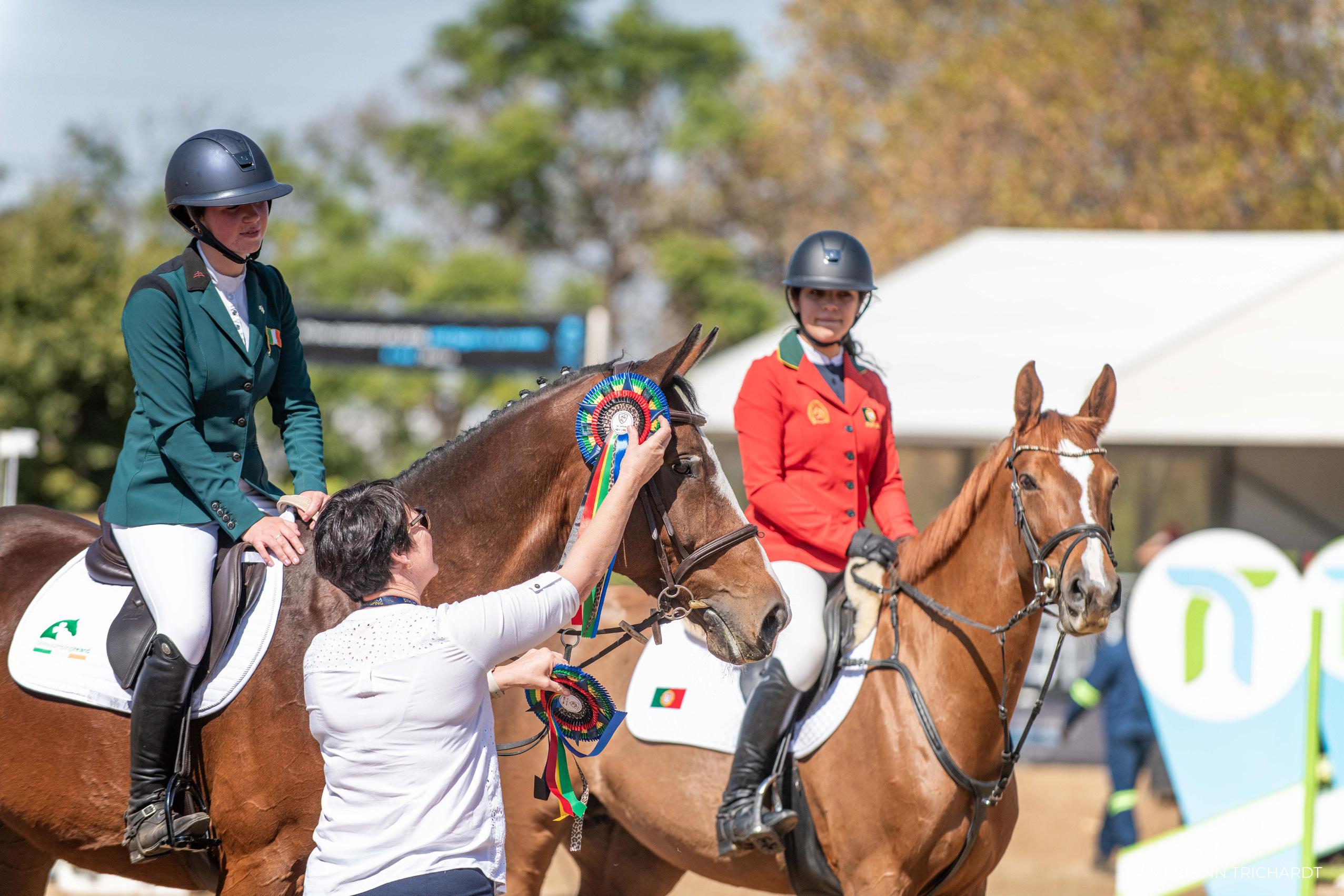

HQP : What did you learn through this event?
Ashlee: When you are riding in a team, you do everything as a team, whether it's good results or bad results - you are in it together. It's also way more stressful than an individual class.
Giorgia: It doesn't always go your way and how to deal with that.
Thomas: I think to just stay calm and try and keep the horse calm especially on the Nations Cup day because everything is so hectic and a bit stressful. I think if you can just keep everything calm and relaxed it will really help you.
Hamza: I learnt that team work played the biggest part in this competition. If we didn't work as a Team we wouldn't have won.
HQP : How did it go with your drawn horse, and how did you build a relationship with them?
Ashlee: I really enjoyed my drawn horse. He wasn't as experienced as the other horses but he was just great and only jumped clear rounds at the show. He was careful and fast enough and I loved riding him.
Giorgia: It was challenging as she is still a very young mare that has a lot to learn. Trying to reassure and build her confidence helped me to build a better bond with her.
Thomas: I really liked Ultime d'Elapi and enjoyed riding him. He was such a good boy the whole week. I felt like I had a good connection with him at the end of the week. I knew what he was going to do and what he needed and I think he suited what I needed and like to ride.
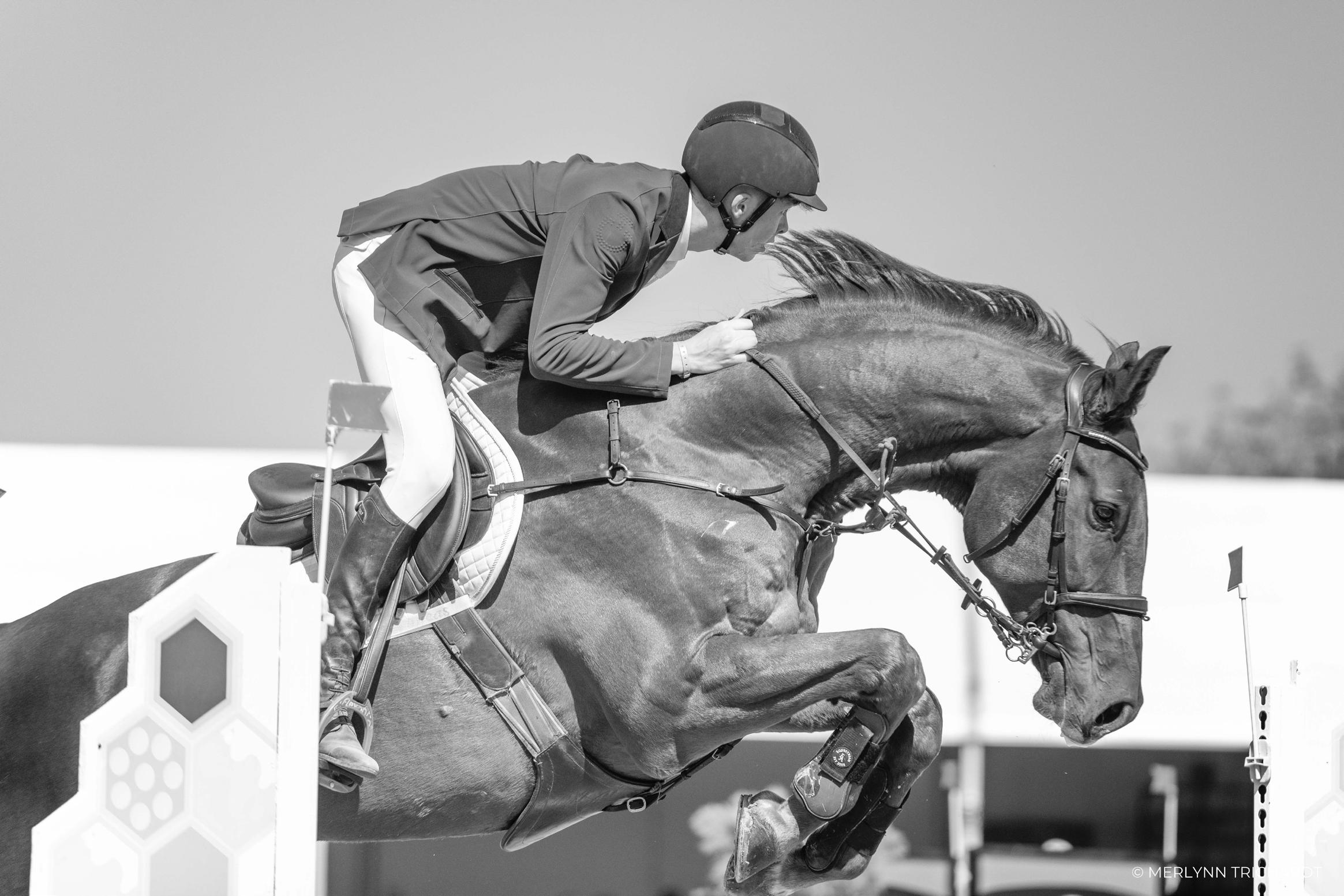
Hamza: It went really well on the first day. There were a few ups and downs during the show, but it was an amazing experience. I took my horse for grazes most of the days and gave him a lot of treats.

HQ: Janine, as our reserve rider, if you could have drawn any of the horses, which one would you have chosen? And what was it like being part of Team SA as a reserve?
Janine: I would have loved to draw Lauren's horse Hotspot. He's the type of horse that always tries very hard. I love the way you can put him into gear, and he will stay in it, and, of course, he can turn!
I would say it was lovely to be a part of the Team. I would have liked to ride, but I'm so grateful to have been part of such an amazing Team with such talented riders; I think everyone rode exceptionally and worked really hard to achieve what they did. I'm very grateful to have watched and learned as much as I did.
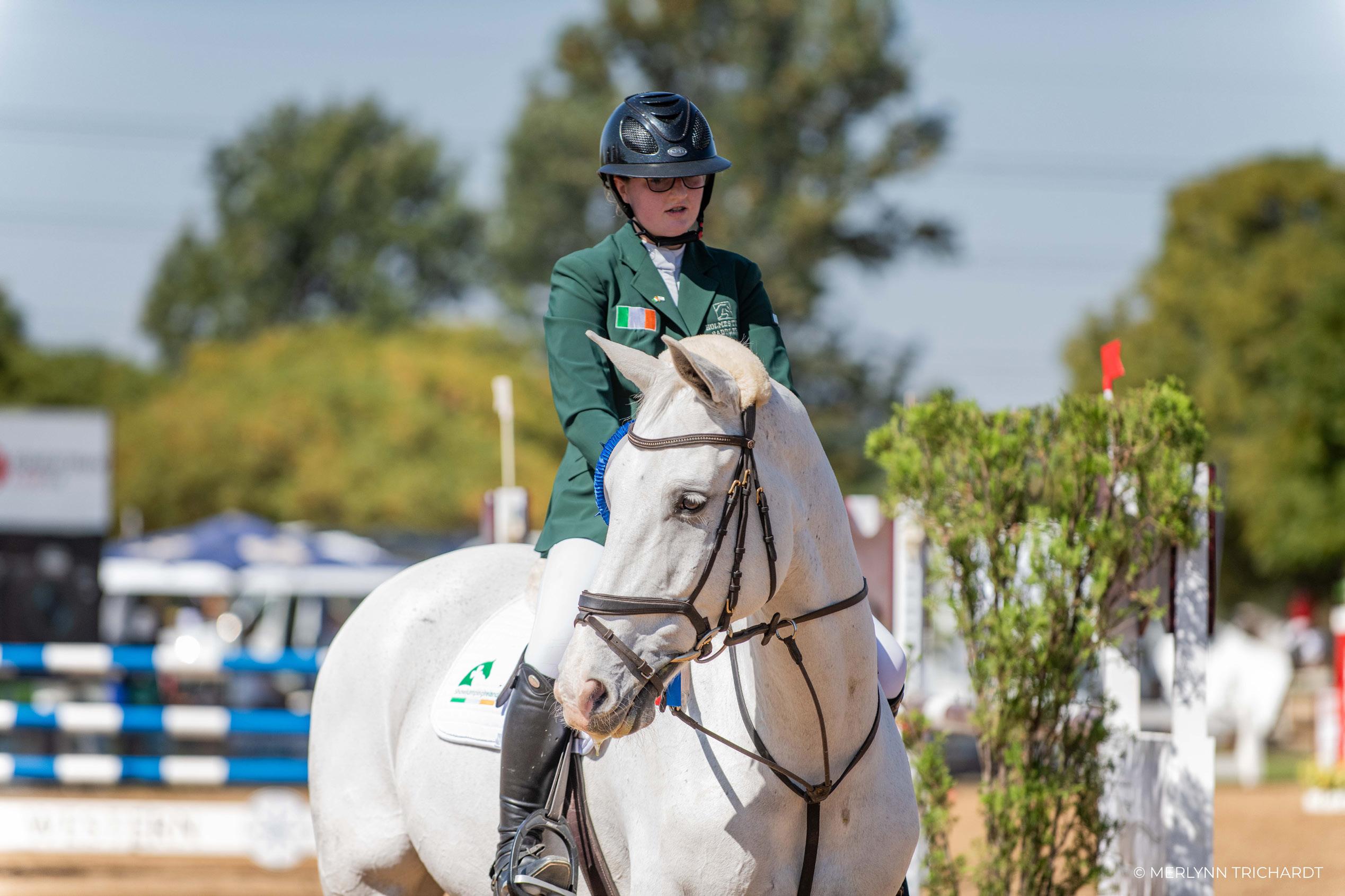
HQP : What does winning the tri-nations mean to you?
Ashlee: It's such a privilege to have been a part of this event. It also means so much because we were competing against such great teams with so much experience. This might hopefully allow us to have some more opportunities in the future.
Giorgia: Being in this amazing TTeam and not only having the opportunity to ride for South Africa but also taking the win as a Team on the final day will be a memory that will stick with me forever. I am so grateful and proud of the whole Team.
Thomas: Standing with the Team in the prize giving while the national anthem was playing was one of the best things ever. We had a really strong team but I think everyone was really impressed with Ireland jumping almost all clears the whole week so we definitely had to pull it out the bag on the last day and the Team definitely did. It was one of my favourite classes to have jumped in, for sure.
Hamza: Winning the Tri-Nations isn't only a personal victory but a victory for the SA equestrians. It was amazing working with Thomas, Ashley, Giorgia and Janine. I hope I get to work with them again.



An exercise to achieve the perfect 20 metre circle
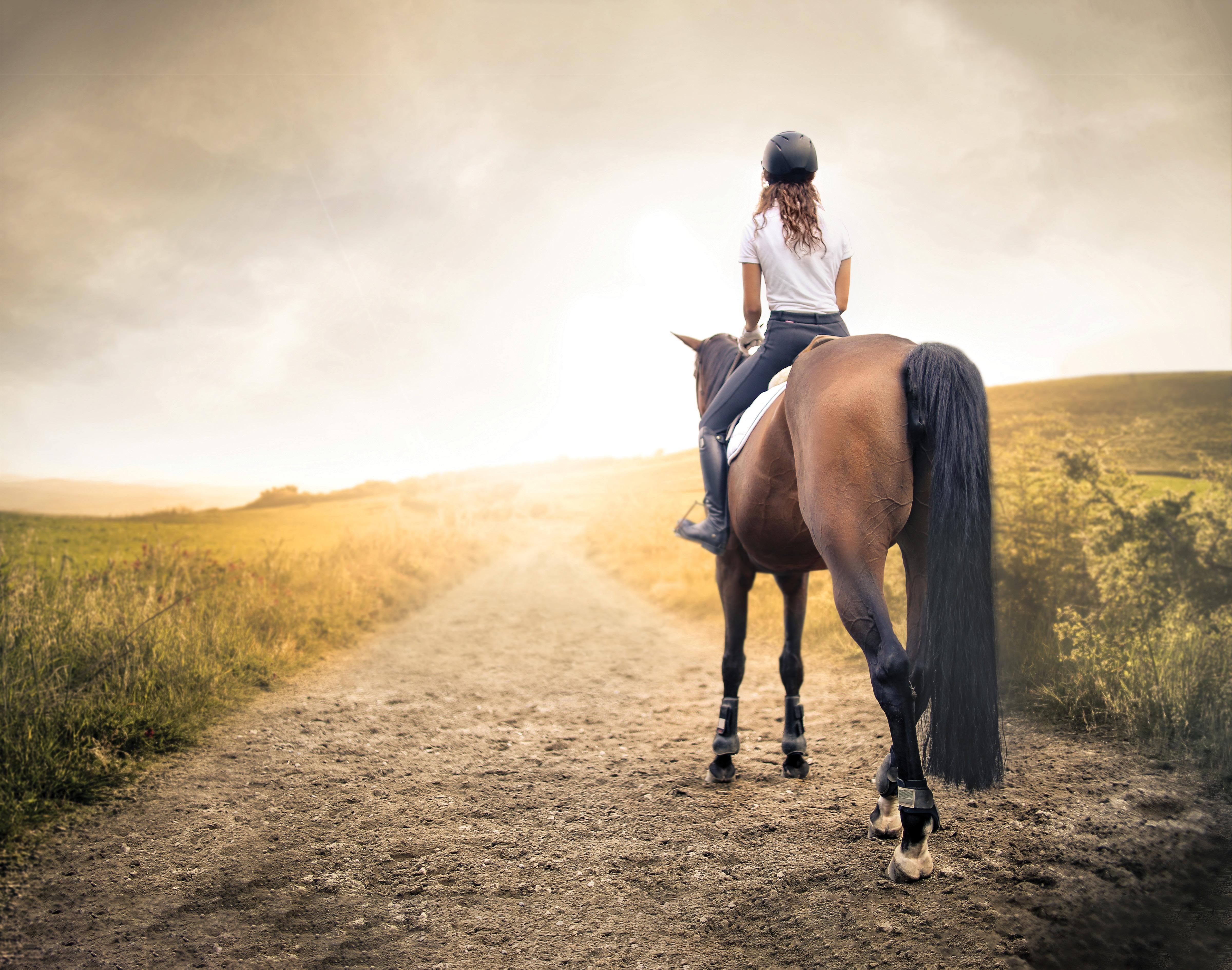
Learning to ride perfect 20-metre circles with your pony is important! It helps you get better scores in dressage tests and helps your pony learn to balance. Here’s a fun exercise to practice riding circles and squares.
1. Better scores
If you don’t ride accurate 20-metre circles in your dressage test, you lose points.
2. Good balance
Riding the right size and shape of circle helps your pony stay balanced.
You need seven markers to set up the exercise (five for the circle track and two for the corners). It’s best to use a dressage arena, but you can set it up anywhere. If you get stuck, ask an adult to give you a hand. Here’s how you need to set it up:
• Put two markers on the centre-line, two metres from the S-R line towards X (18 metres from C).
• Place another marker 1.5 metres in from the arena rail at letter C.
• Measure 10 metres from the corner on the long side and place a marker 1.5 metres from the wall.
• Do the same on the other long side.
• Finally, put one marker 3-4 metres from each corner, diagonally into the arena.
Before you ride the exercise, warm up your pony in both directions until he feels supple and has a forward, even rhythm.
1. Pick up a working, rising trot to the right, asking your pony to move evenly from your leg to your hands. Remember that you need to use your aids in a pressure-and-release way; after you apply an aid and your pony responds, you stop using the aid as a reward.
Always look at the next marker as soon as your pony’s head passes the previous one. It may feel like you’re making a diamond shape, but your pony’s momentum will create a circle.
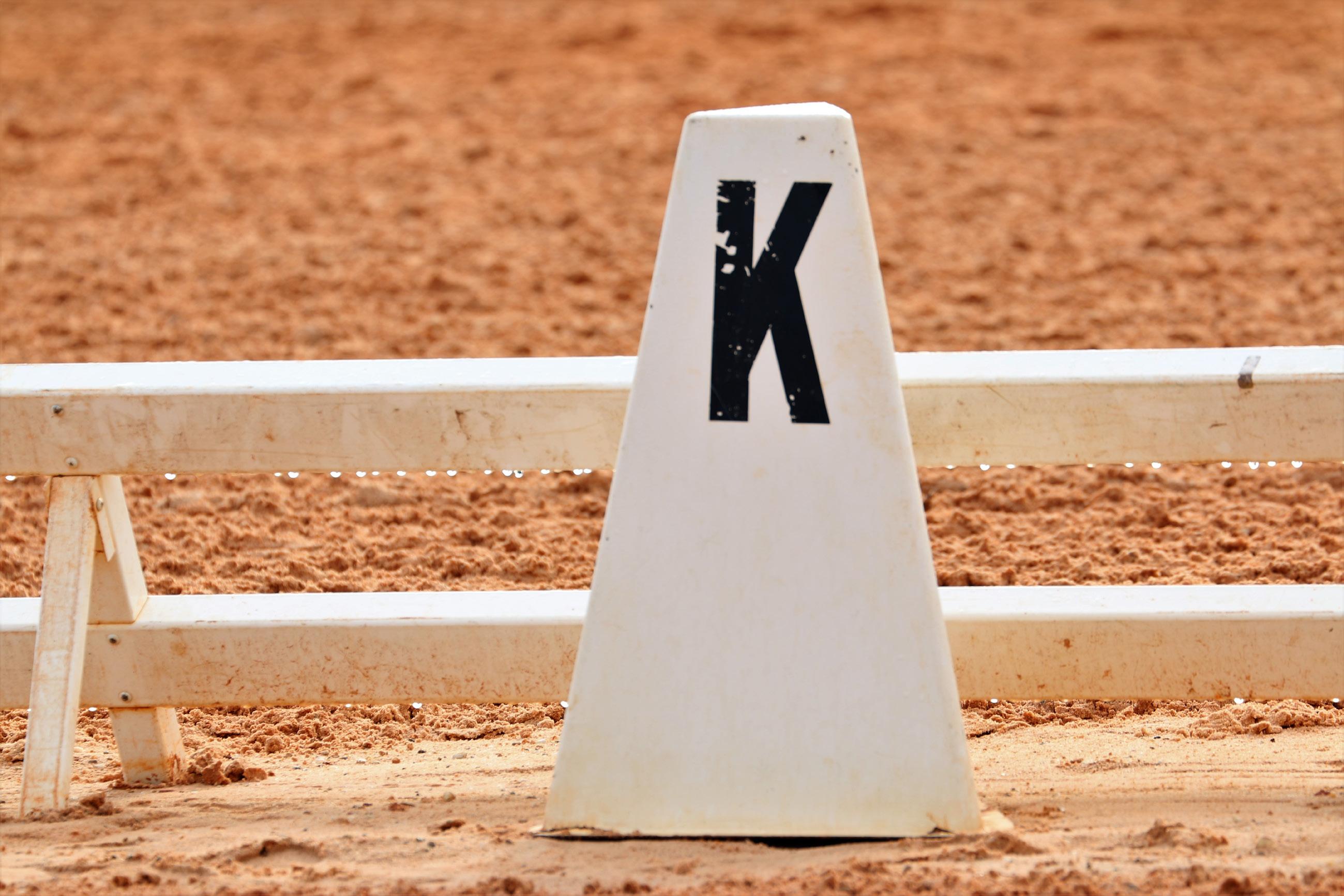
2. Ride down the long side toward the marker between H and S. Pass to the left of the marker so you’re between the marker and the arena wall.
3. As your pony’s head and neck pass the marker, immediately look to the marker at C and ride almost directly to it. Stay just inside the marker in the corner. As you head to the C marker, your horse’s momentum will carry you to create the circle shape. Pass to the left of the C marker.
4. As your pony’s head and neck pass the C marker, immediately look to the marker set between M and R. Ride a track to the inside of the corner marker and to the left of the M-R marker.
5. As your pony’s head and neck pass the M-R marker, immediately look at the point between the markers set on the centreline. Trot between the two markers. As your pony’s head and neck pass through the markers, look immediately at the marker between H and S.

Once you’ve trotted around the circle to the right a few times and feel like it is smooth, reverse direction and repeat the circle to the left. You may have a different feeling in one direction than the other. That’s because most ponies, like people, have stronger and weaker sides.
Over time, your pony will become smoother at riding the circle. At this stage, you can start to use a little inside leg to outside rein to further refine the circle shape and help his balance. Using your inside leg helps to encourage your pony’s inside hind leg to come underneath his body. The outside rein helps to keep the pony from going out too far. If your pony does drift out too much, you might need to use some outside leg to keep him on the circle. The inside rein asks for a little bend.
After getting comfortable with circles, use the markers to feel the difference between riding a circle and a corner. Corners feel more like squares.
Setting up the corner track
As above. The solid line represents the track for riding accurate corners for less-experienced ponies and riders. The dotted line represents the corners that more experienced ponies and riders can strive to achieve.
Ride the exercise
Pick up a riding trot to the right and head toward the marker set between H and S. As you pass the H-S marker, look at the marker in the corner and plan a track just to the left of it.
1. Pass the corner marker, looking at a straight line down the short side of the arena.
2. Ride a straight track, passing to the left of the C marker. As you ride past the C marker, look at the marker in the corner and plan a track just to the left of it.
3. Pass the corner marker, looking at the marker between M and R.
4. Pass to the left of the M-R marker. Use your eyes to create your own corner at the spot that is two metres past R (which is 20 metres from the C end of the arena). Do this by recreating the feeling in the corners with the markers as you ride without the guidance of the marker. As you ride through this ‘corner’, look at the markers on the centreline.
5. Pass through the centreline markers, using your eyes to create another corner two metres from S.
6. Ride through the corner and repeat the pattern.
Once you’ve trotted around the square a few times to the right, change direction. Repeat riding the square to the left a few times.
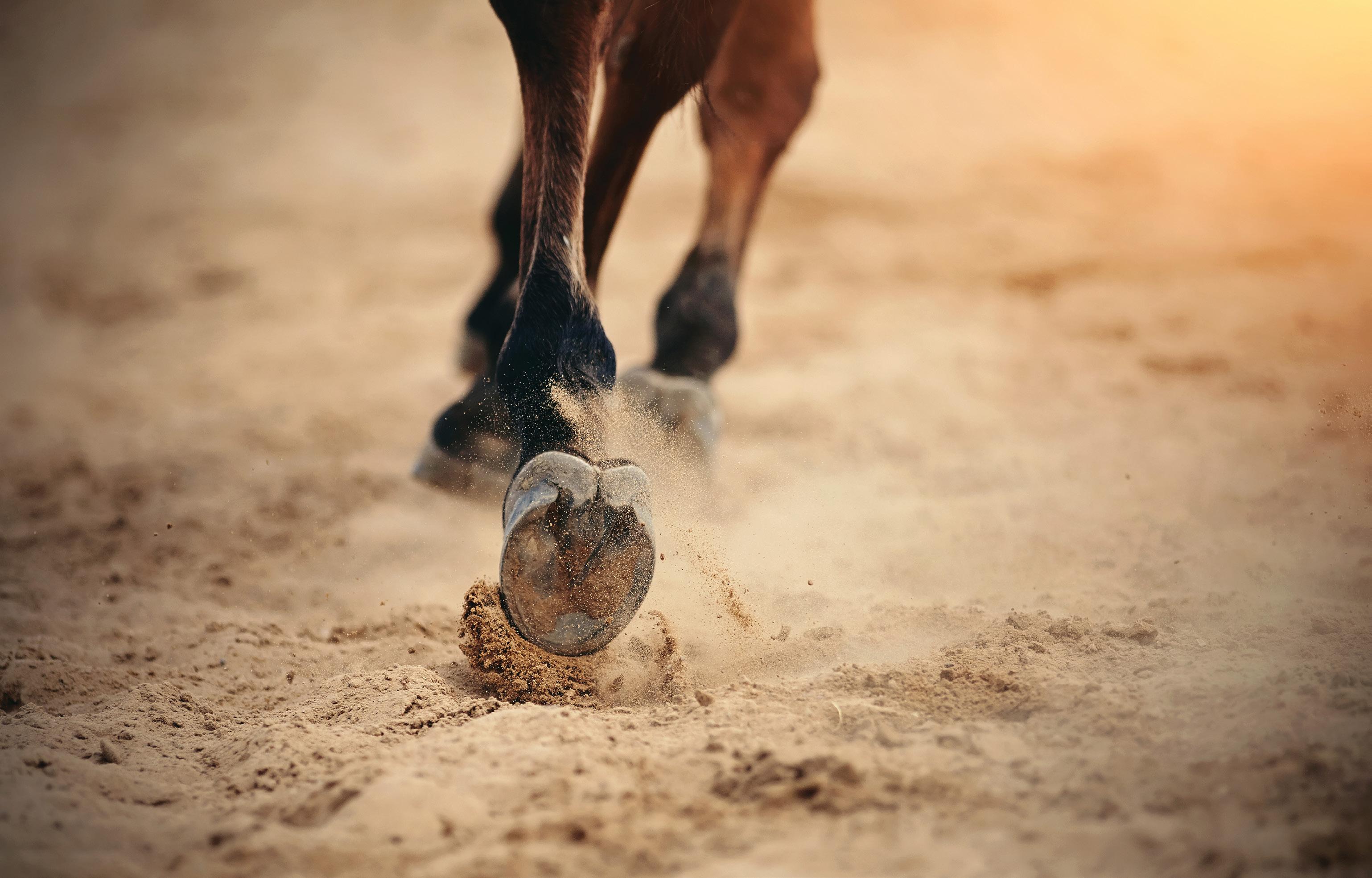
1. Alternate shapes
Practice alternating between circles and squares. Feel the difference between the shapes.
2. Try canter
Once you’re good at trotting, try the exercise in canter. Start with just circles, then just squares, and finally alternate between the two in canter.
3. Move the markers

Once you’re comfortable, move the markers to the other end of the arena. Then, try setting them up in the middle of the arena.
4. Remove the markers
When you feel confident, try riding the circles and squares without the markers to see if you can maintain the shapes on your own.
Ride your entire dressage test with the markers still set up. Use them to help you learn where the shapes are and how they feel.
In riding, we’re always looking to improve our balance with our ponies. Practicing these exercises will help you become more accurate and balanced with your pony. Have fun practicing with your pony!
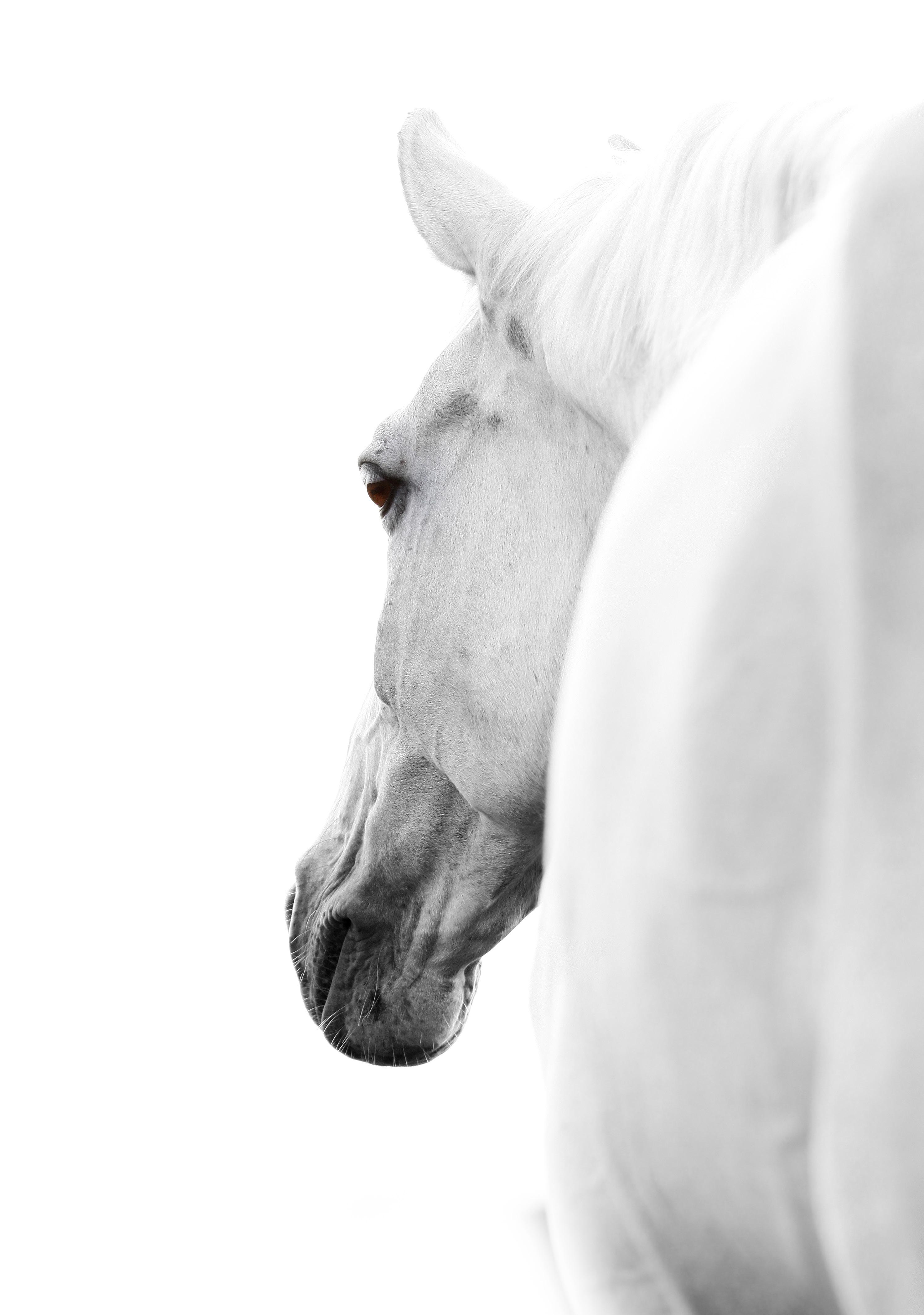
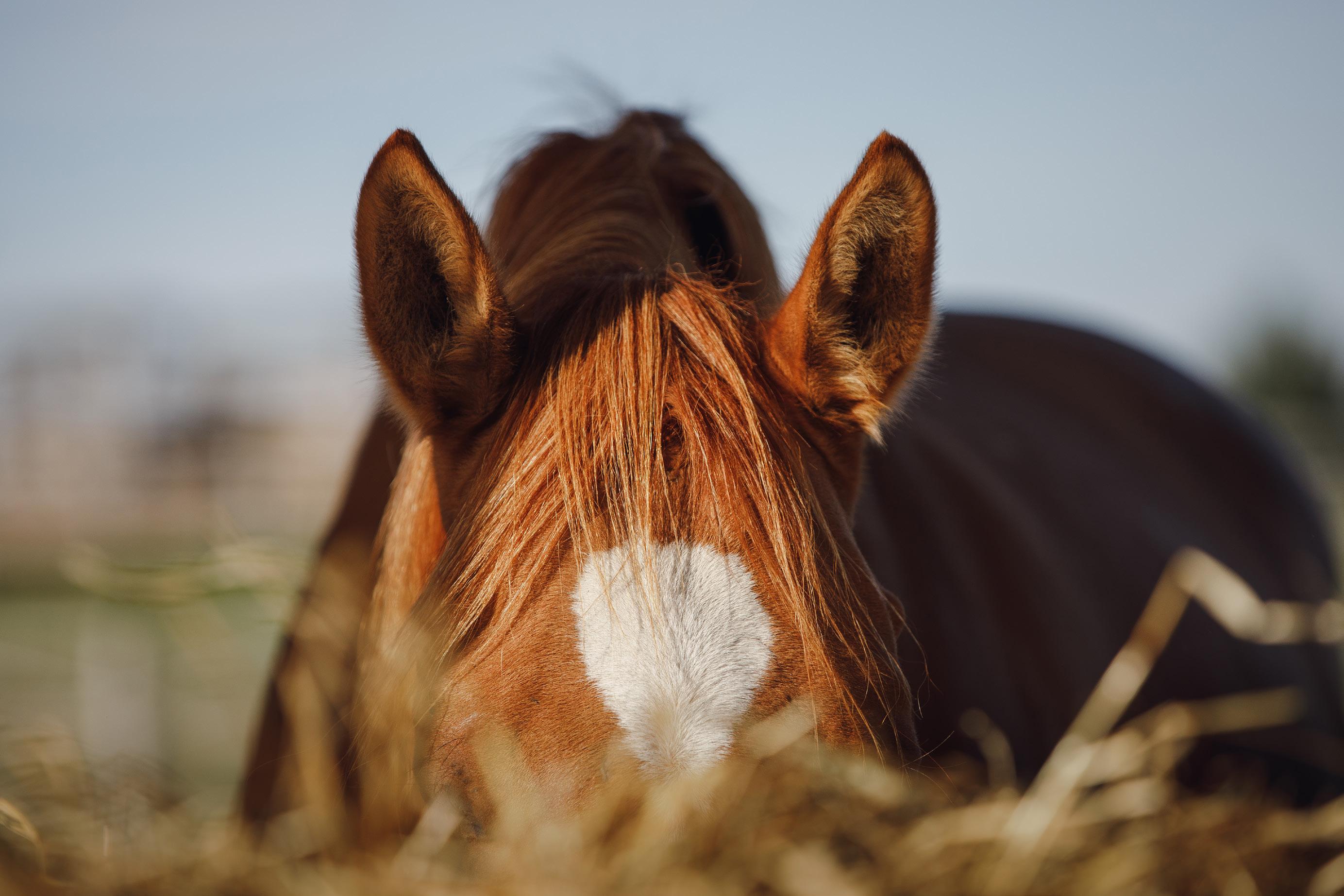
ponies feel better
Taking care of our ponies means making sure they eat the right foods and get the right supplements. One supplement that people are talking about a lot is called psyllium. But what is psyllium, and why do ponies need it?
Psyllium comes from the seeds of a plant called Plantago ovata. It’s a special type of fibre that helps both people and animals. When psyllium gets wet, it forms a jelly-like substance in the digestive tract.
Pony owners give psyllium to their ponies because it helps get rid of sand in their digestive systems. This is very important for ponies that live in sandy places because too much sand can make them very sick.
Psyllium also helps ponies that have loose manure. It absorbs extra water and makes the stools more solid.
Psyllium also has another benefit: it helps keep the cells in the pony’s digestive system energised and healthy. This helps the digestive tract cells to heal if they get damaged.

Some scientists think psyllium might also help control sugar levels in ponies.
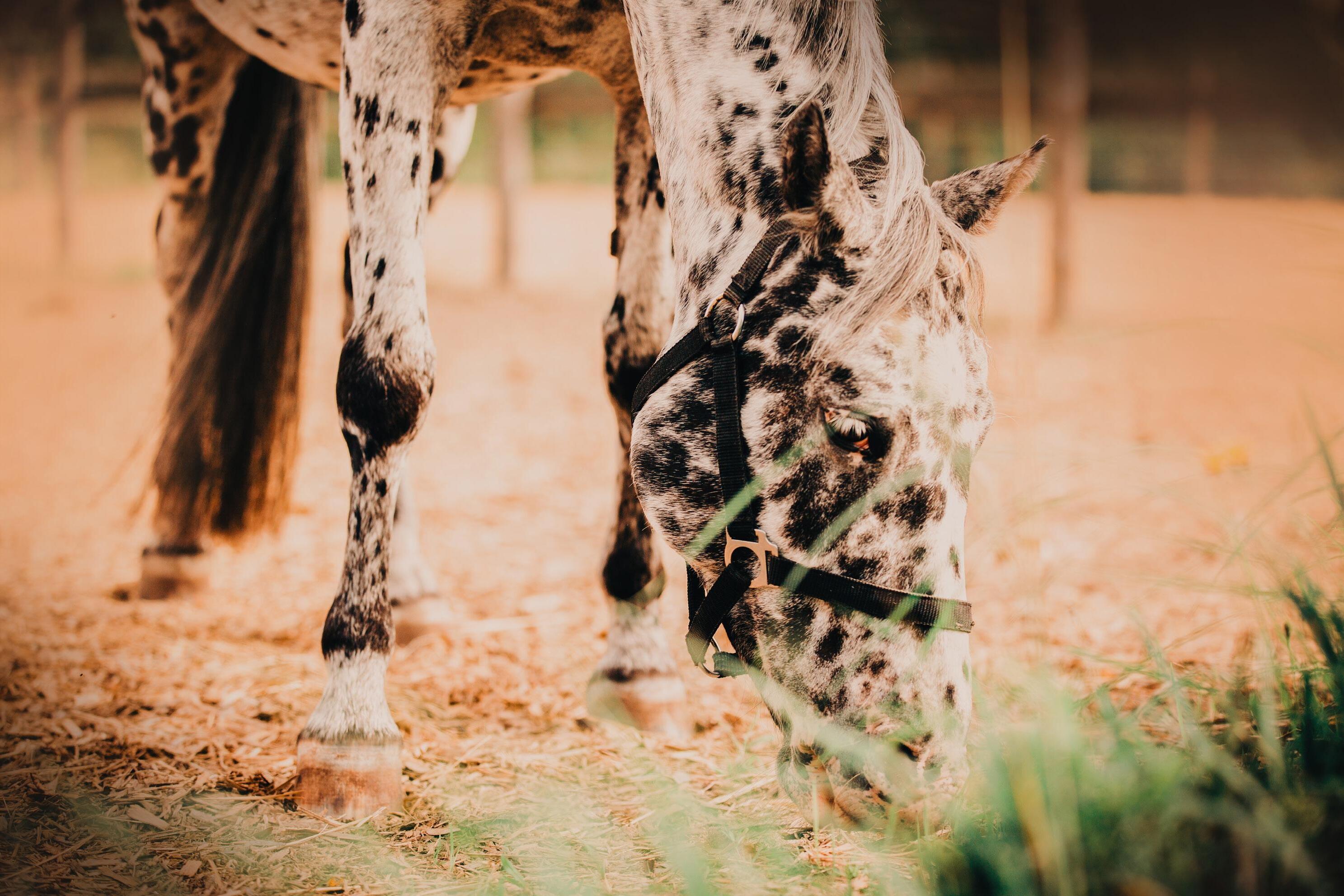
Psyllium and sand
Scientists have done studies to see if psyllium really helps with sand in the digestive tract. Some studies say it works well, but others say it doesn’t make a big difference. So, the results are mixed.
Psyllium and sugar levels
Research shows that psyllium can help lower sugar levels in ponies after they eat. This is good for ponies that have problems with too much sugar in their blood. But more studies are needed to be sure.

Before giving psyllium to your pony, you need to talk to your vet. Psyllium usually comes as a powder or granules that you mix with your pony’s food. The amount you give depends on how big your pony is and what they need.
For getting rid of sand: Give up to 500 grams a day, split into smaller servings, for five days each month.
For digestive problems: Give one heaped spoonful twice a day. Mix psyllium with dry or slightly damp food. Make sure your pony has plenty of fresh water to help the psyllium move through their stomach. Don’t give psyllium at the same time as other medicines or supplements because it might interfere with them.


Always ask your vet before starting psyllium, especially if your pony has any health problems.
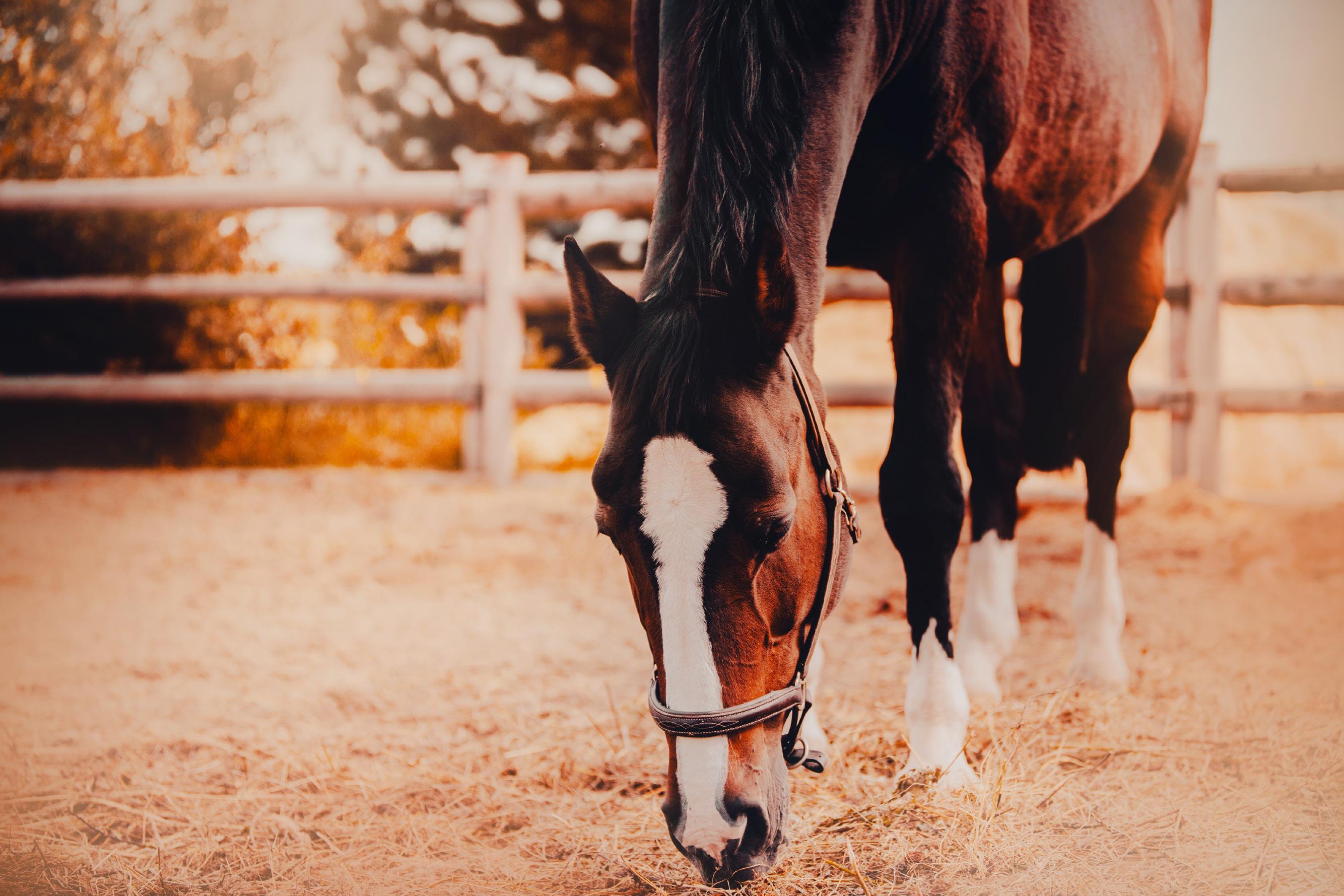

Psyllium can help some horses feel better, but it’s important to use it carefully and always talk to a vet first.

Horse
 Text | Amelia Campbell-Horne
Text | Amelia Campbell-Horne
Winter is well on its way, and fluffy winter coats are out in force. You might be one of the lucky ones with a pony that doesn't grow a hugely thick coat at this time of year, but for the rest of us, clipping of our woolly mammoths has already started or is at least being planned! If you know you'll need to clip, read on for our top tips.
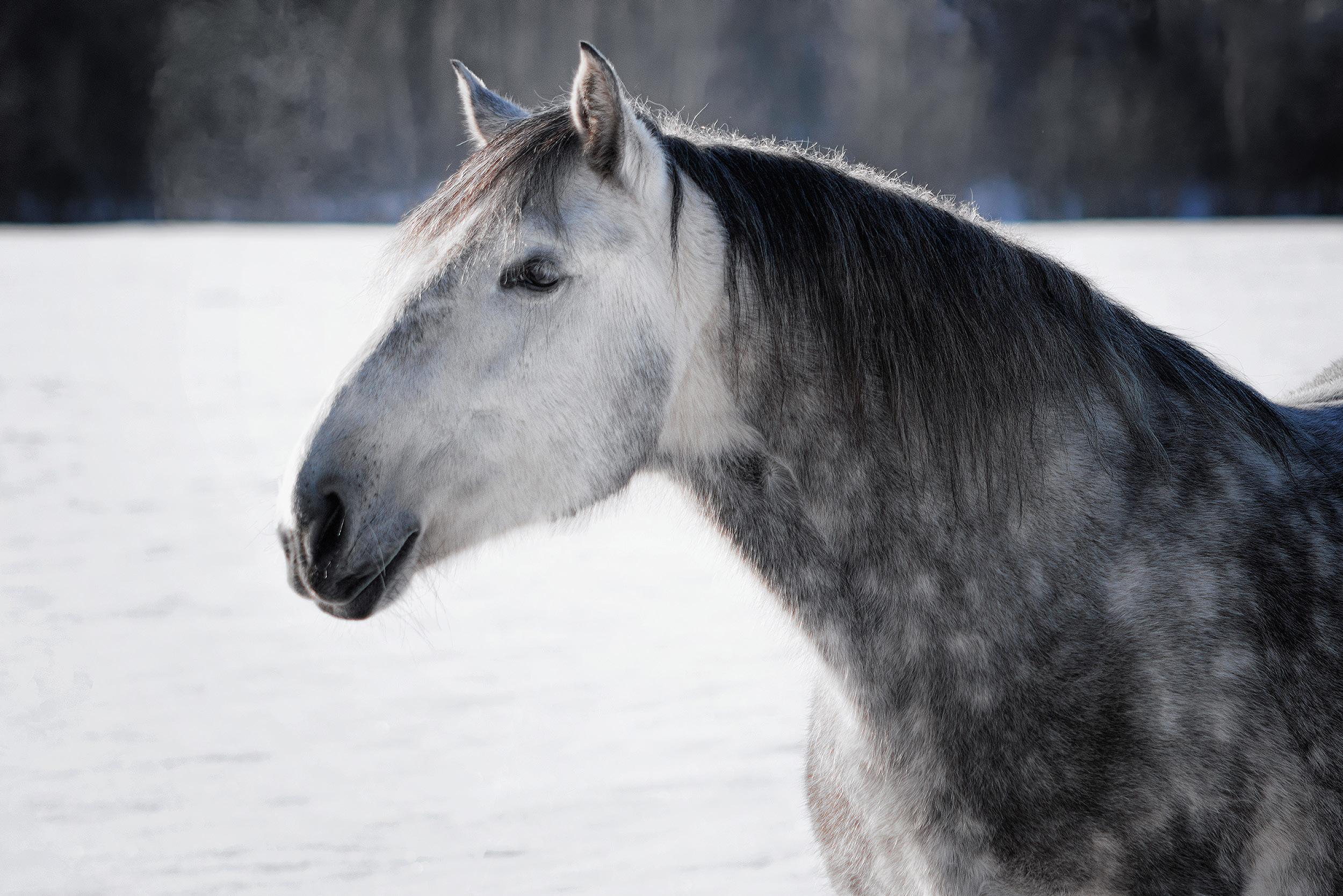
Every year, ponies grow thick winter coats as natural protection against the elements. However, when they are stabled, rugged and exercised, it is often better to clip all or part of their coat.
One of the big benefits of clipping is that it helps to keep our ponies cool while exercising and prevents the sweating that can occur with a thick winter coat that traps the heat. When ponies become wet from sweating, they are not only at risk of overheating, but excessive sweat can cause discomfort and loss of condition, and there is an increased chance of them catching a chill as their winter coats take time to dry out after exercise. Several studies have proven that clipped horses can regulate their body temperature better than those who are unclipped and, therefore, clipped horses can exercise more without overheating.
A further good thing about clipping is that it makes grooming much easier and more effective. Furthermore, a short coat aids in monitoring skin conditions and allows you to easily spot any lumps or bumps that need attention.
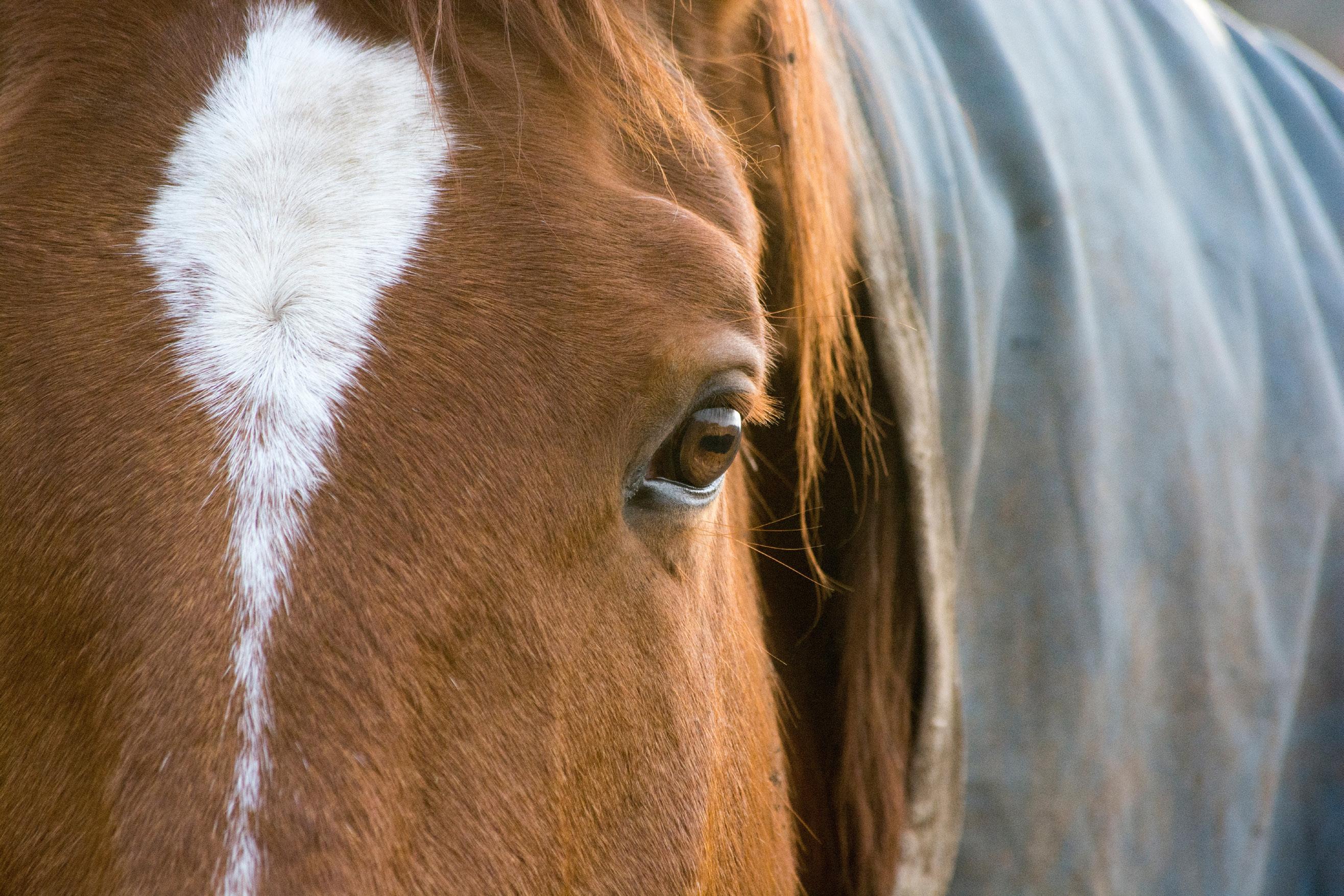
1. If your pony does little to no exercise throughout the winter, it is usually unnecessary to clip them.
2. Senior ponies can struggle with regulating their body temperature and can, therefore, be more susceptible to the cold. In these cases, it is worth chatting with your vet before clipping them.
3. Once your pony has started growing his summer coat again, you should avoid clipping. As the daylight hours begin to increase at the end of winter, your horse will naturally start shedding and growing their lighter summer coat; if you continue clipping at this time it can affect the quality of the horse's summer coat.
A clipped pony will need thicker rugs to replace his lost coat!

Give your pony a good bath to remove dirt and dust. This will help prevent your clipper blades from becoming blunt quickly and prevent lines when clipping. But remember to ensure your pony is completely dry before you start clipping. If it is not possible to bathe your pony in advance of clipping, at least make sure that they are thoroughly groomed.
Make sure your blades are sharp; having a spare pair of blades on hand is always helpful.
Choose a bright, tidy and spacious area for clipping. Lots of light helps you to pay attention to important areas. A portable light can come in handy here. Try to avoid dusty and drafty areas when clipping, as this could irritate your pony (and you!) and disrupt the process.
It's often helpful to use a halter with a clip so you can detach the throatlash and don't have to try to clip around the headcollar.
A bad experience can remain in your pony's memory for a long time, so make sure that every clipping experience is a good one to prevent hassle and vet callouts in the future. Gradually introduce your pony to the clippers to acclimatise them to the sound, vibration and sensation. Let your pony smell, sniff and feel them before turning them on, and only then gently touch your pony's body with them (without clipping) to familiarise them with the sensation. You can also consider keeping some treats on hand for positive reinforcement of good clipping behaviour. Make sure your pony is relaxed and comfortable before you start clipping. Once you and your pony are ready, begin with a less sensitive area, such as the neck or shoulder, and then work your way towards more sensitive areas (face and legs) as they get used to the clippers.
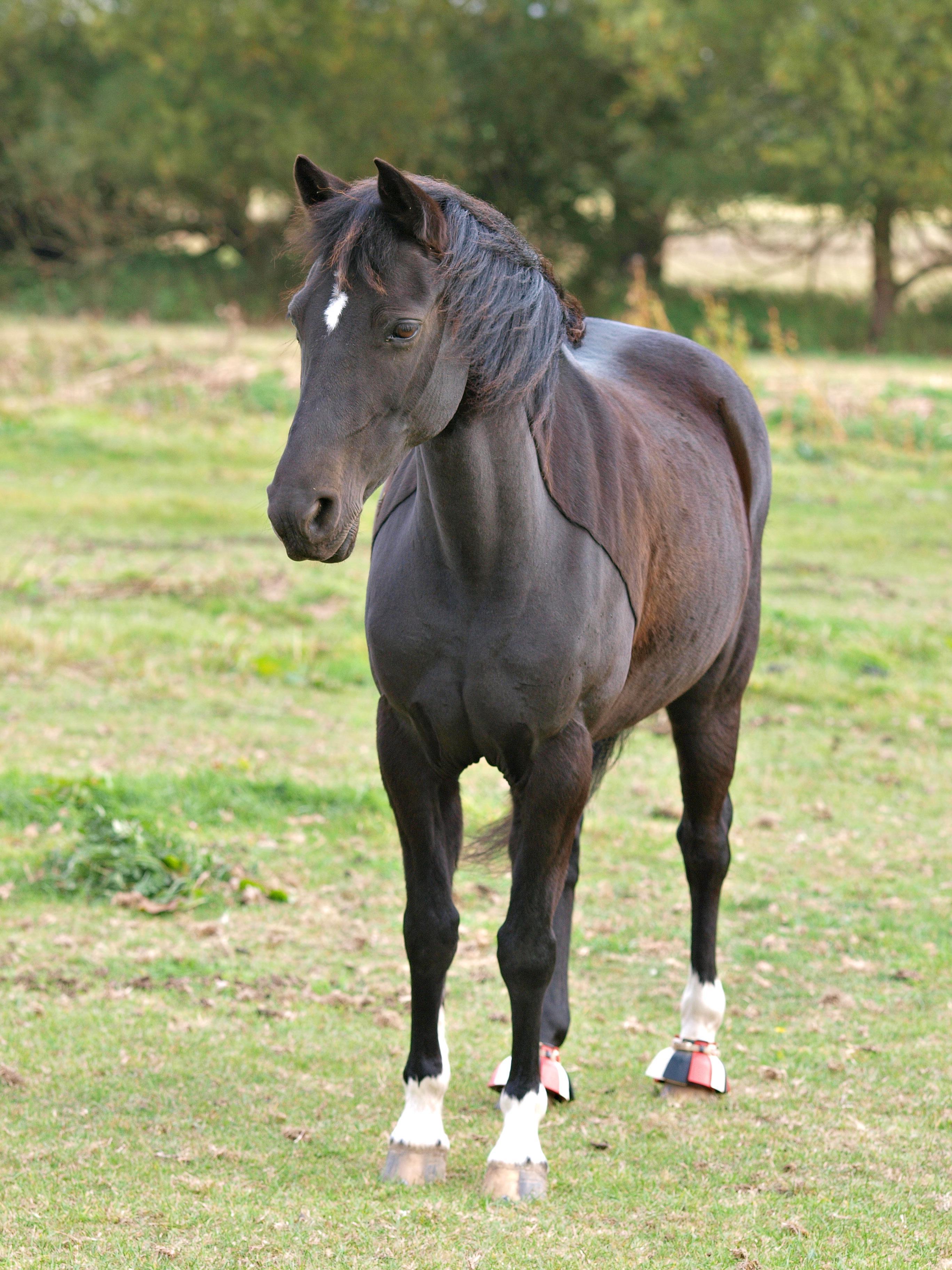

Always start with a discrete area, such as under the saddle, just in case anything doesn't go to plan…

Clipper lines or uneven hair markings can result from various things, including dull blades, a dirty coat, and inconsistent pressure when clipping. Clip in long, flat strokes in the direction of hair growth, with the clippers lying flat against the skin. Slightly overlap your clipping paths and maintain constant gentle pressure to avoid lines. If lines do appear, you can clip over them in an 'X' pattern to even out the hair.
NOTE: If you use the clippers at an angle, you run the risk of cutting your pony as the clipper teeth and their skin can come in contact.


For a smooth clip in the creases of your pony's elbow without risking any nicks, enlist the help of an assistant to hold their foreleg forward. They should take a secure hold just below the knee in case the pony tries to move suddenly. Having an assistant hold up a foreleg can also stop the pony from kicking out and injuring you when clipping sensitive areas. If your pony reacts badly to the clippers, both you and your assistant should consider wearing riding hats for added safety.
During the winter months, there is a lot more static electricity, and as you clip, you might 'shock' your pony. To reduce static and prevent this, wipe over newly clipped areas with a warm, damp cloth, but don't wet the hair too much, as you can't resume clipping until it is completely dry.
Due to the milder winters in Southern Africa compared to Europe and the hotter days that can still be experienced, the most common clips you will see are the full clip and the hunter clip.
This involves removing all the pony's hair, giving a smart and smooth show-ready finish. This clip is ideal for ponies in heavy work and those in warmer climates.
This involves removing the hair from everywhere except the legs and the saddle area. The clip provides protection from the saddle, and the leg hair provides warmth and protection. It is also used for ponies in heavier work and warmer climates.
Despite slight differences in the details of these clips, all of them remove hair from the underside of the areas that sweat the most, i.e., the neck, chest, and belly. This type of clip is beneficial for ponies in medium work who need to stay warm during exercise in very cold weather and require protection from the elements.
If your pony is young, nervous, or struggles to stand still for a full clip, start with a clip design that covers a smaller area of the body, making it a more manageable and pleasant experience.
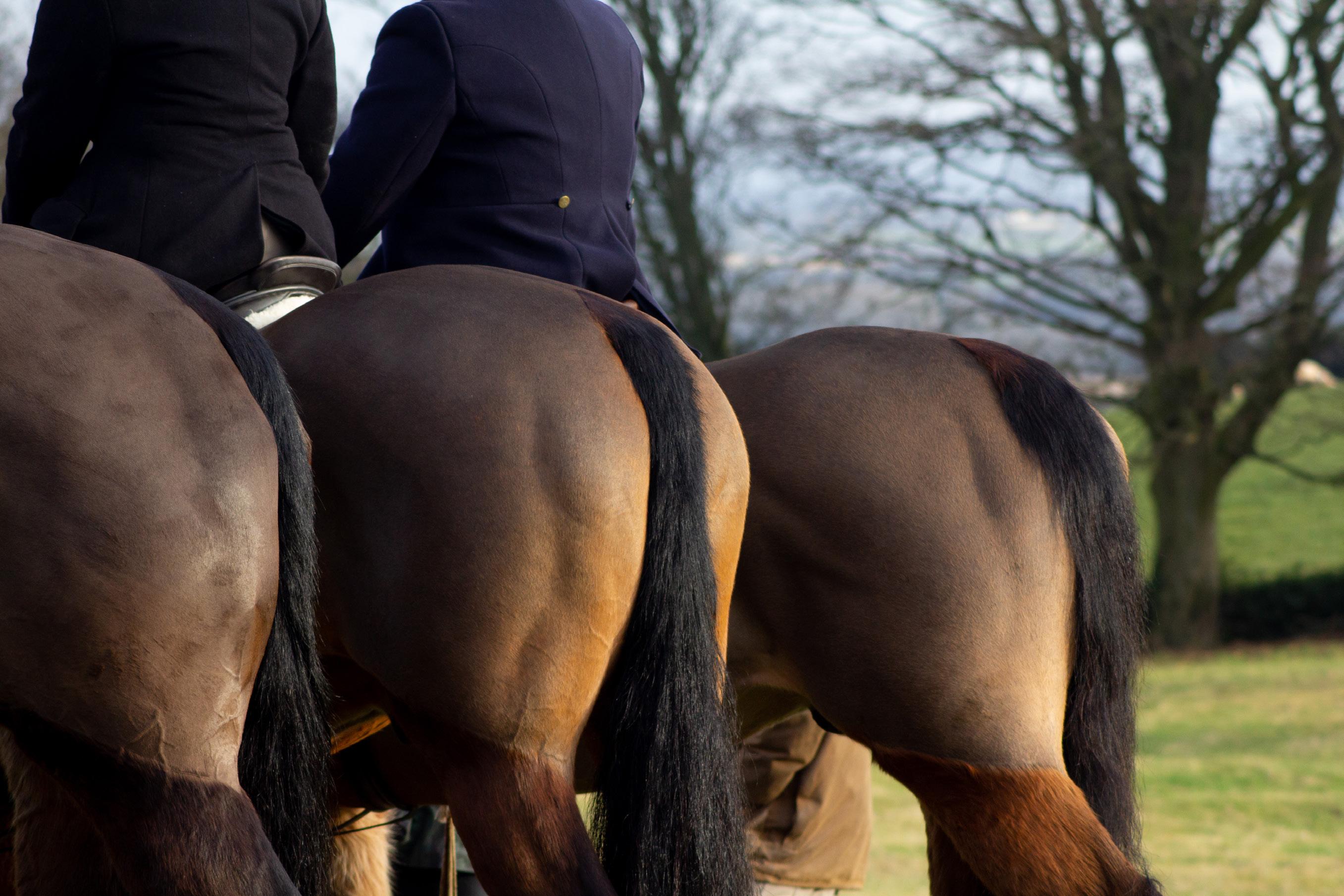
1. Ponies are not permitted to compete in FEI events if their "sensory hairs have been clipped and/or shaven or in any other way removed (unless individual sensory hairs have been removed by a veterinarian to prevent pain or discomfort for the horse)." These sensory hairs include the whiskers around the muzzle and eyes, as well as the hairs inside the pony's ears.
2. Ponies competing under FEI rules can no longer have their legs clipped while on-site at a competition.
3. Ponies' limbs may be clipped up to three days before an FEI Horse Inspection using a blade that cuts the hairs no shorter than 2mm. Breach of these rules will result in immediate disqualification from the event.

1. Use a warm cloth with some antimicrobial cleanser to wipe over your pony after clipping to remove loose hair, lift any leftover dirt and remove any grease.
2. Once your pony is clipped his skin is more vulnerable to wind, rain and fly irritation. Be sure to apply the necessary blankets and fly control measures. Monitor your pony and the weather closely to ensure you choose an appropriate blanket and adjust the blankets used accordingly.
3. You may need to consider adjusting your pony's diet (forage and/or feed), as they may expend more calories maintaining their body temperature.
4. Keep grooming your pony regularly using a soft brush. This will keep him clean, stimulate natural oil production, and promote a healthy coat.
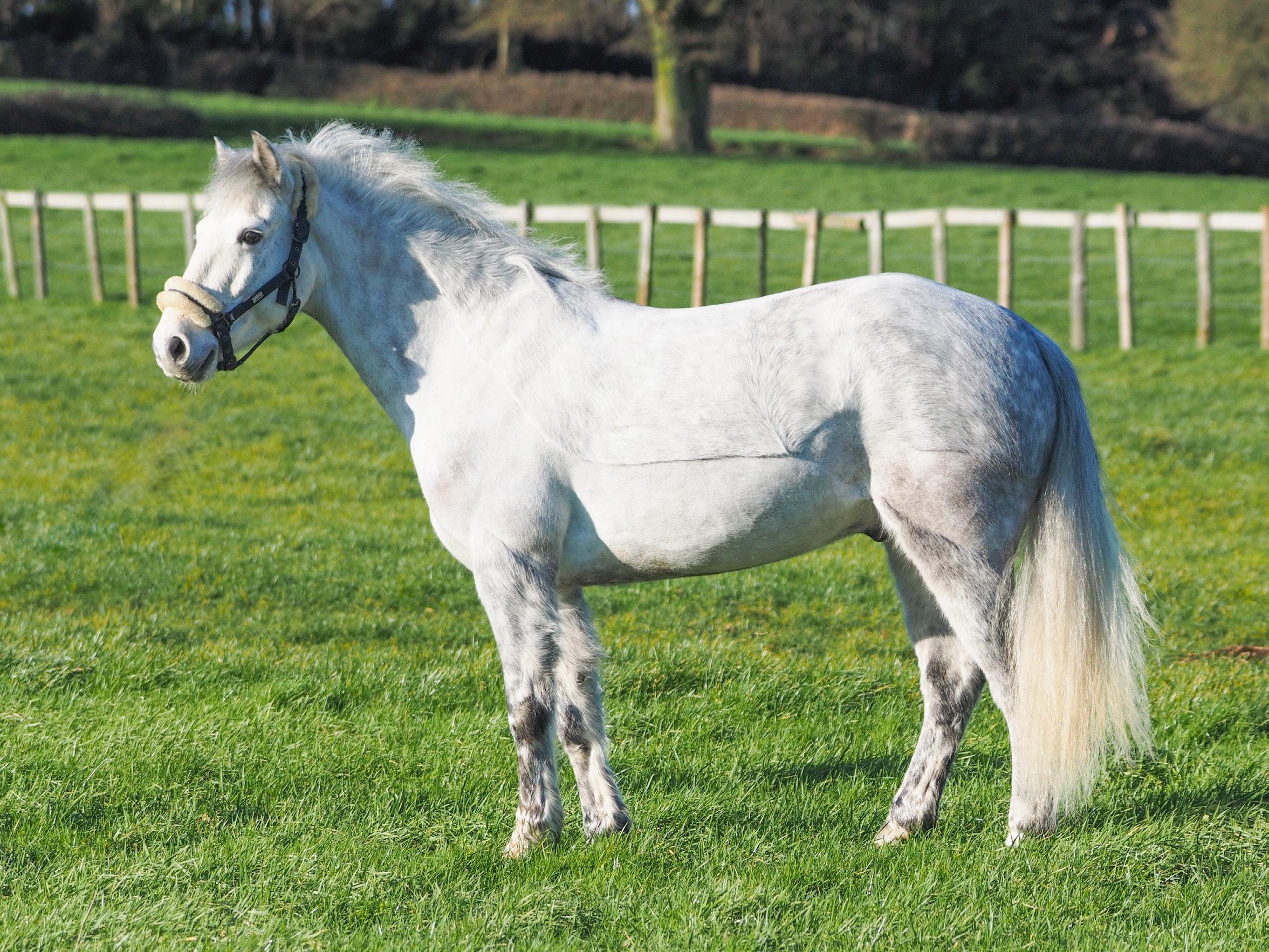
Make sure you set aside enough time for clipping, as it is not a job that should be rushed. Attempting to get the job done quickly with rushed, harsh strokes will not only give your pony an uneven clip but also an unpleasant experience and cause issues in the future.
Barry Steenkamp, a clipping maestro, gave HQ PONY the following tips:
1. Don't turn your clippers off: Once you have started clipping, don't turn your clippers off until you are done. Clippers have a fan inside them that is designed to cool them down, so if they start feeling hot, keep them on, hold them in some clean air for a while and let the fan work its magic before continuing to clip!
2. Oiling your clippers: Depending on what you are clipping, your clippers should be oiled at least every 10 minutes with a drop of oil.
3. Make sure your clipper blades are set correctly: If you are setting your clipper blades for the first time and they do not cut at all, tighten them by small fractions until they do start clipping. NOTE: The clippers should never be tightened more than one and a quarter turns. Alternatively, if the clippers cut like butter, reduce the tension slightly until they stop clipping, then tighten again, as you want to be right on the edge of the friction limit. This will prevent the clipper blades from overheating and getting blunt too quickly.
4. Clipper maintenance is key: Your clippers need to be consistently maintained to prevent them from burning out and increase their longevity. If your clipper body is getting excessively hot, it most likely means they are clogged, and need to be serviced to prevent them burning out. Barry's general rule (depending on who is clipping) is to have your clippers serviced at least every 15 ponies.
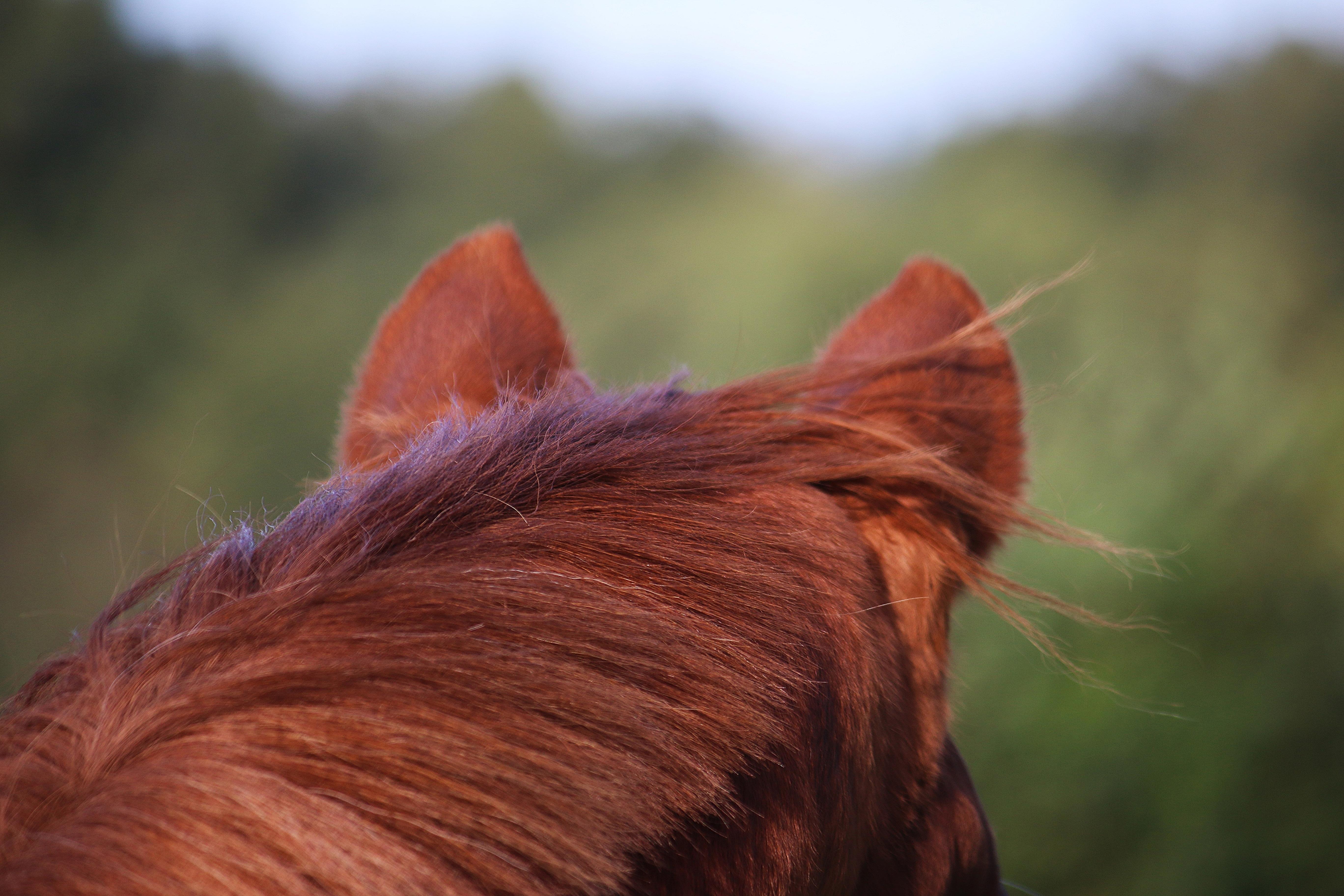

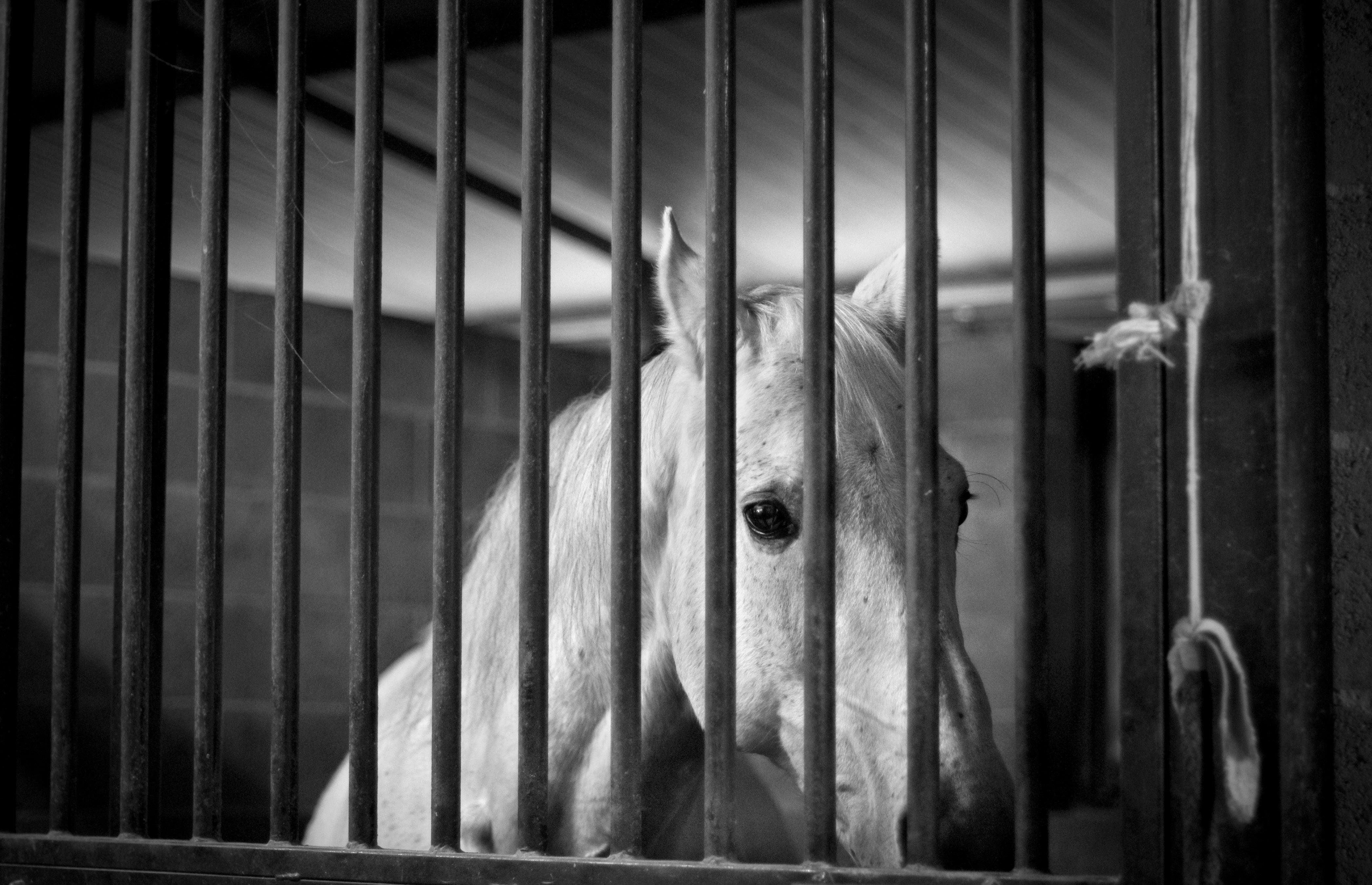

Equine welfare has always been a concern in horse sport, and here at HQ PONY we believe in putting our ponies’ welfare first EVERY.SINGLE. TIME. As horse riders have become more aware of the importance of equine welfare, people are not only being called out for cruelty but also poor management of our horses and ponies.
Here at HQ PONY, we're delighted with this change and can’t wait to see the improvements in horse management, care and treatment that we are sure will follow. We believe these changes are necessary and cannot come soon enough to protect the animals we love so much!
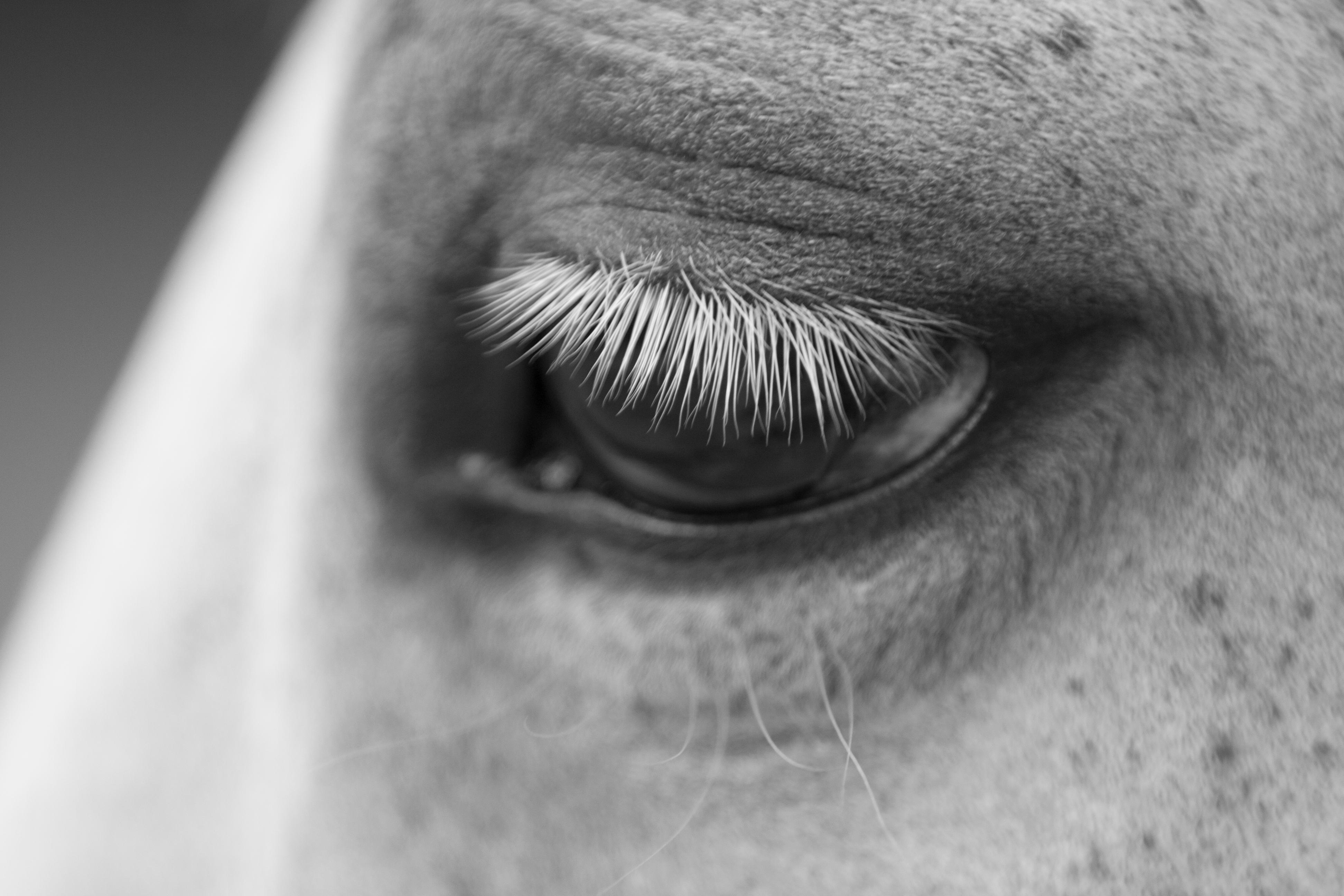
Social media is buzzing with talk of the five domains of equine welfare, social license to operate, and the Ten Training Principles of the International Society for Equitation Science (ISES), but how much do we actually understand these frameworks, and what can we all learn from them in terms of our own ponies and riding?
Over the next few months, HQ Pony will look at some of the research on equine welfare to show us all on how to optimise our ponies' health and happiness. We can't wait to share this research with you and would love for you to send in your welfare-related questions so we can all learn how to create the best lives possible for our ponies.

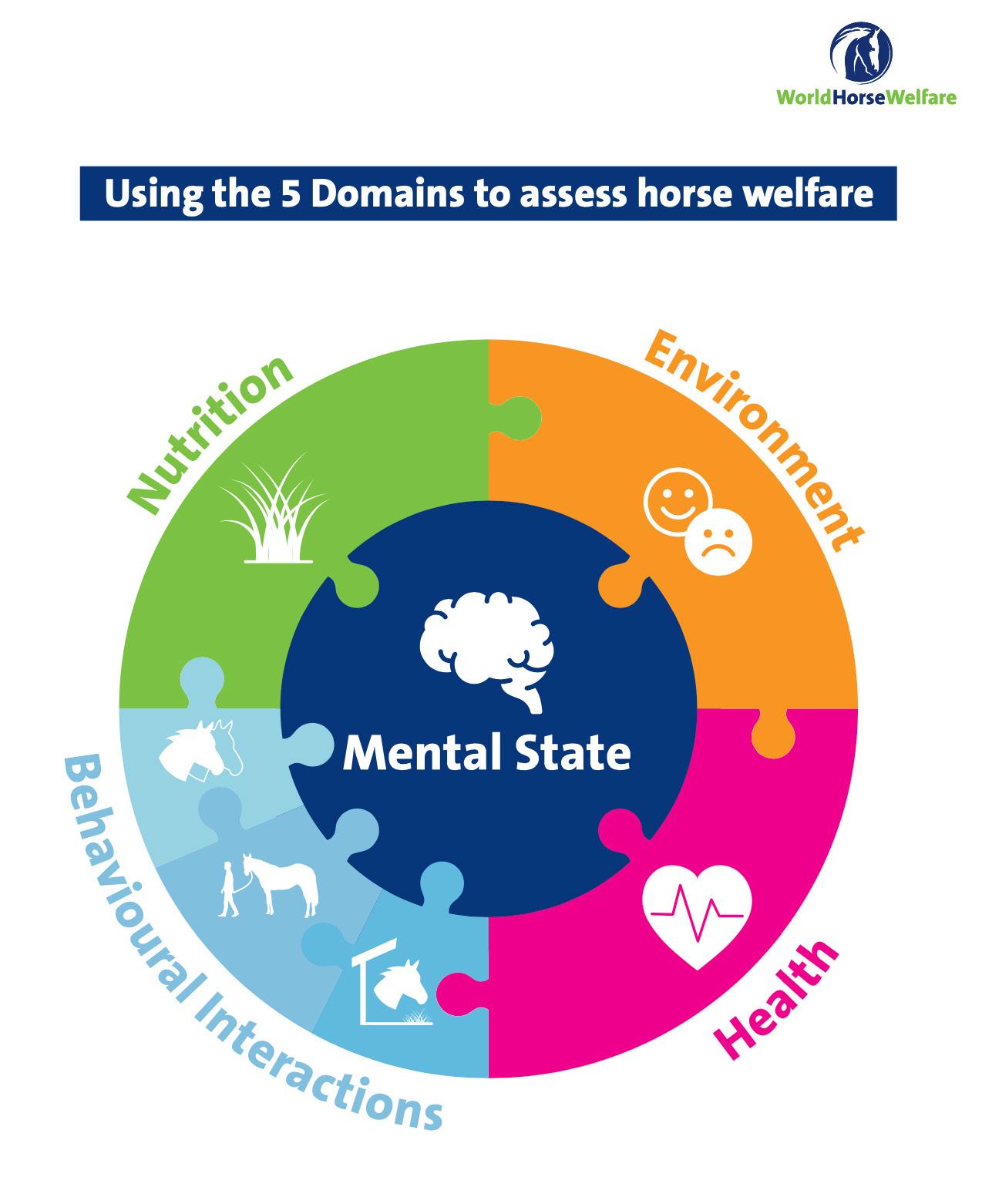
Our starting point for this new series is the Five Domains of Equine Welfare. The Five Domains Model is a framework that was first developed to assess animal welfare, including that of ponies. It expands on the traditional 'Five Freedoms' model and considers both the physical and emotional state of the animal. Here's a breakdown of each domain in the context of horse welfare:
This domain focuses on the pony's access to fresh water and a diet that ensures their physical and mental wellbeing. It involves giving the right feed, in the right quantities to suit the horse's nutritional needs, taking into account their age, weight, activity level, and health status.

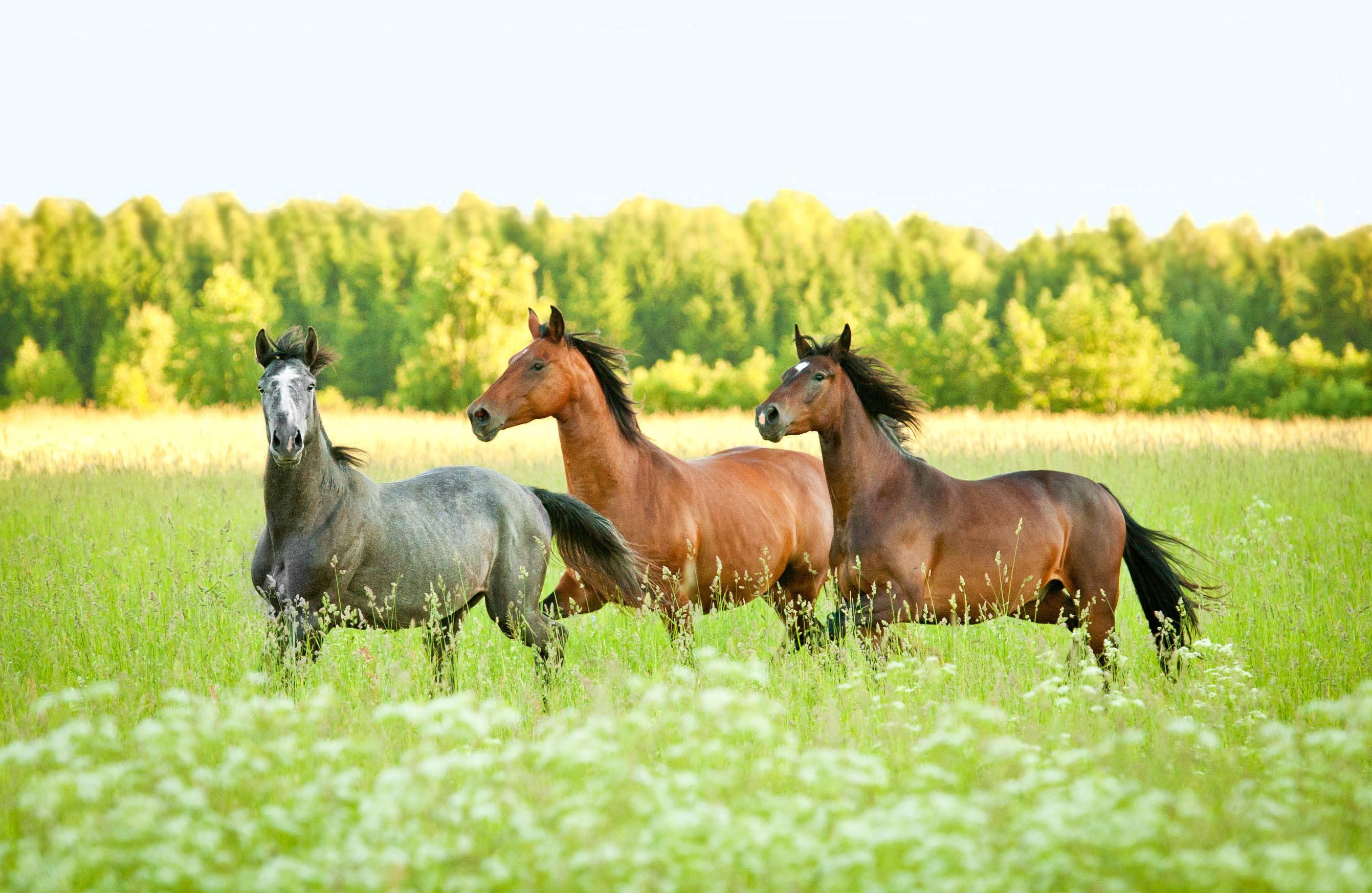
This domain addresses the pony's environment, emphasising the need for appropriate shelter and a comfortable resting area. It includes the management of bedding, stable conditions, and paddocks to ensure that horses are protected from harsh weather and that their living conditions are safe, clean, and allow them to express their natural behaviours.
Preventative measures, rapid diagnosis, and treatment are key aspects of the health domain. All horses and ponies should receive regular veterinary care, effective parasite management, vaccinations, hoof care, dental care, grooming and appropriate medication use.


This domain emphasises the importance of providing enough space, proper facilities and friends of the same species (i.e. horses and ponies!). This domain includes grazing, social interactions, and sufficient physical exercise to promote mental wellbeing.
This domain looks at the pony's mental experiences, aiming to minimise conditions that cause mental suffering, such as fear, distress, and chronic stress. It involves gentle handling practices and training methods that consider the pony's emotional states. By addressing each of these five domains, we can provide a 'whole-pony' approach to horse welfare that looks after not just physical health, but also psychological wellbeing of our equine friends.

NextStaytimetuned for our next edition, in which we will examine the Ten Training Principles of ISES.
set their hearts on capturing and buying a mare named Phantom, known for her elusive nature. To their surprise, Phantom has a foal, Misty, who wins their hearts. The story follows their journey as they work to buy both Phantom and Misty, raise them, and train Misty to be a gentle pony.
Misty was based on a real pony that Marguerite Henry encountered while visiting Chincoteague. The real Misty became a symbol of the island and the book's success brought attention to the annual Pony Swim and the Chincoteague ponies.
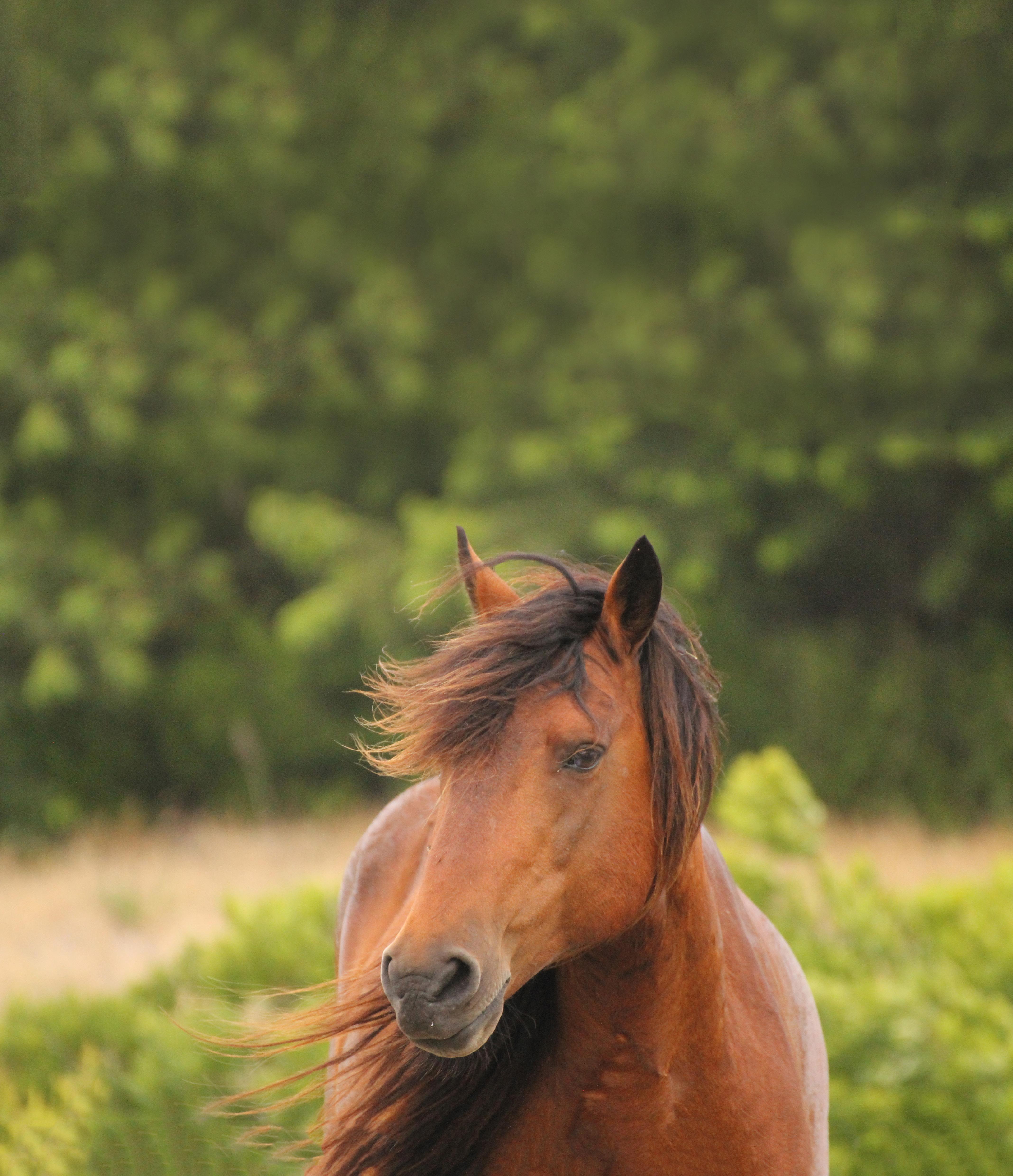


HOOF PICK | DANDY BRUSH | CURRY COMB | FACE CLOTH | GROOMING MITT | BODY BRUSH SWEAT SCRAPER | SPONGE | MANE COMB | TAIL BRUSH
NOTE: Spaces and any punctuation marks have been removed


Can you spot all 10 differences?

Some people at my yard have lessons three or four times a week, but I can only have them once a week. Will this make me a worse rider?
No, having lessons once a week doesn't necessarily make you a worse rider. Here are a few points to consider:
1. Quality over quantity: The quality of your lessons matters more than the quantity. If your instructor is skilled and you are focused during your lesson, you can make significant progress.
2. Practice: Practice what you learn in your lessons on your own. Riding regularly, even without a lesson, helps reinforce what you've learned and improve your skills.

3. Mindset and dedication: Your dedication and willingness to learn play a big role in your improvement. Pay attention to feedback, set goals, and work on specific areas that need improvement.
4. Extra learning: Read books, watch videos, and study other riders. You can learn a lot from observing and understanding different techniques and approaches.
5. Physical fitness: Staying fit and working on your overall physical condition will help improve your riding. Exercises that improve your balance, strength, and flexibility can be very beneficial.
Remember, everyone progresses at their own pace. Focus on your own journey and enjoy the process of becoming a better rider!
How do I use a dandy brush? I received one with my pony's new grooming kit but have no idea what to do with it?
Using a dandy brush is a great way to help keep your pony clean and comfortable. Here’s a simple guide on how to use it:
What is a dandy brush?
A dandy brush is a stiff-bristled brush used for removing dirt, mud, and loose hair from your pony’s coat. It's perfect for the initial stages of grooming.
to use a dandy brush
1. Start with the right area: The dandy brush should only be used on the pony's body where the skin is tougher. Avoid using it on sensitive areas like the face, legs, mane, and tail.
2. Begin brushing: Hold the brush in your hand and start brushing in short, quick strokes. Always brush in the direction of the hair growth, which usually means brushing from the front towards the back.
• Be calm and gentle: Talk softly to your pony and move calmly to help him feel relaxed during grooming.
• Check for injuries: While brushing, keep an eye out for any cuts, lumps, or signs of discomfort. This is a good time to notice any health issues.
• Make it routine: Regular grooming helps keep your pony’s coat clean and healthy, and it’s a great way to bond with your pony.
3. Focus on dirty areas: Pay special attention to areas with dried mud or heavy dirt. The stiff bristles are designed to loosen and lift away this dirt.
4. Be gentle: You must be gentle with the dandy brush to avoid hurting your pony. If your pony seems uncomfortable, try using lighter strokes or a softer brush.
5. Work methodically: Start at the neck and work your way down the body, including the shoulders, back and hindquarter. This helps ensure you don’t miss any spots.
6. Clean the brush: As you brush, the dandy brush will collect dirt and hair. Tap the brush against a hard surface or use a curry comb to clean the bristles regularly during grooming.
After using the dandy brush
Once you’ve removed the major dirt and mud with the dandy brush, you can switch to a body brush (which is softer) to smooth and shine your pony’s coat. Follow up with a mane and tail brush for those areas, and you’ll have a beautifully groomed pony!
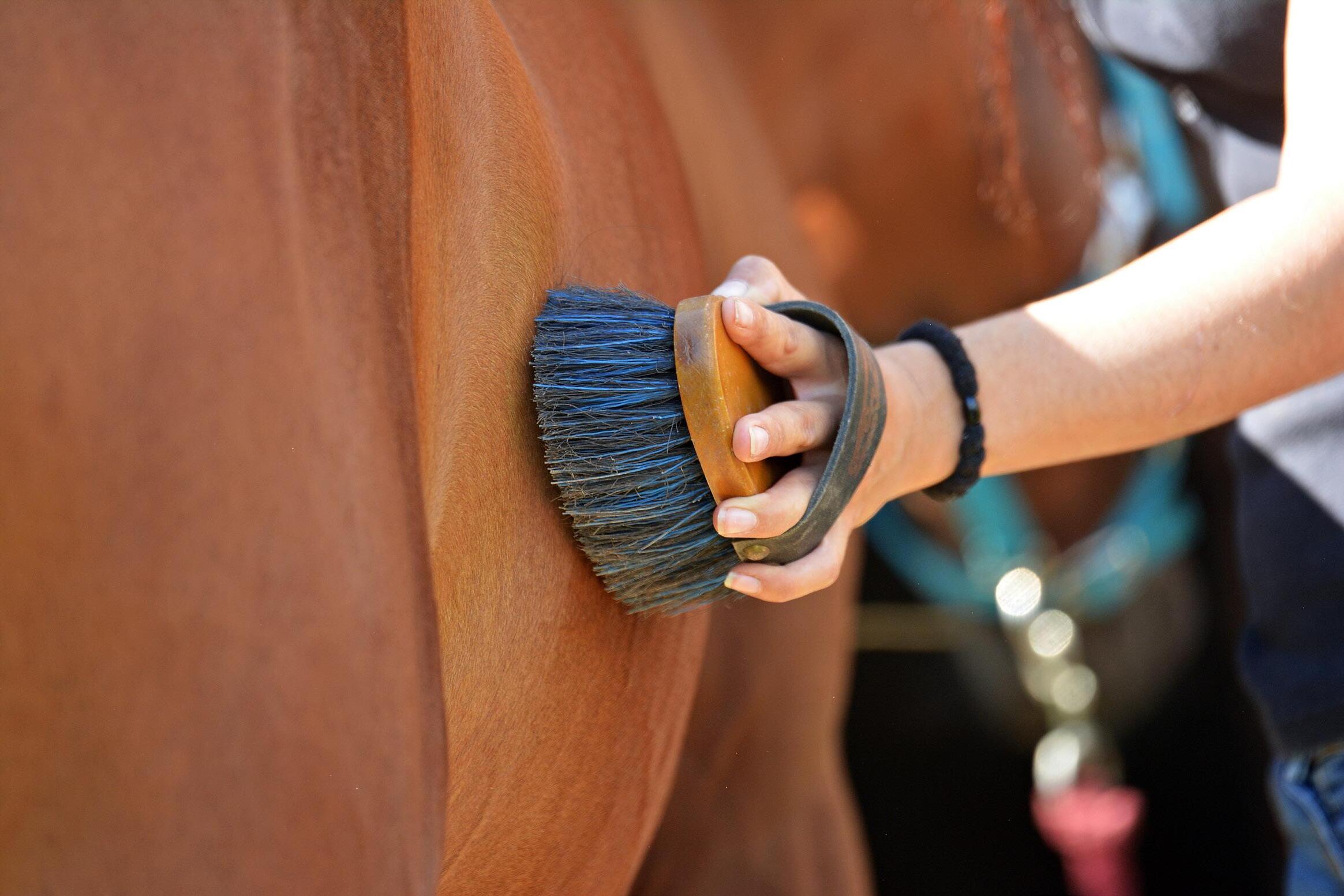
Happy grooming! Your pony will appreciate the care and attention.
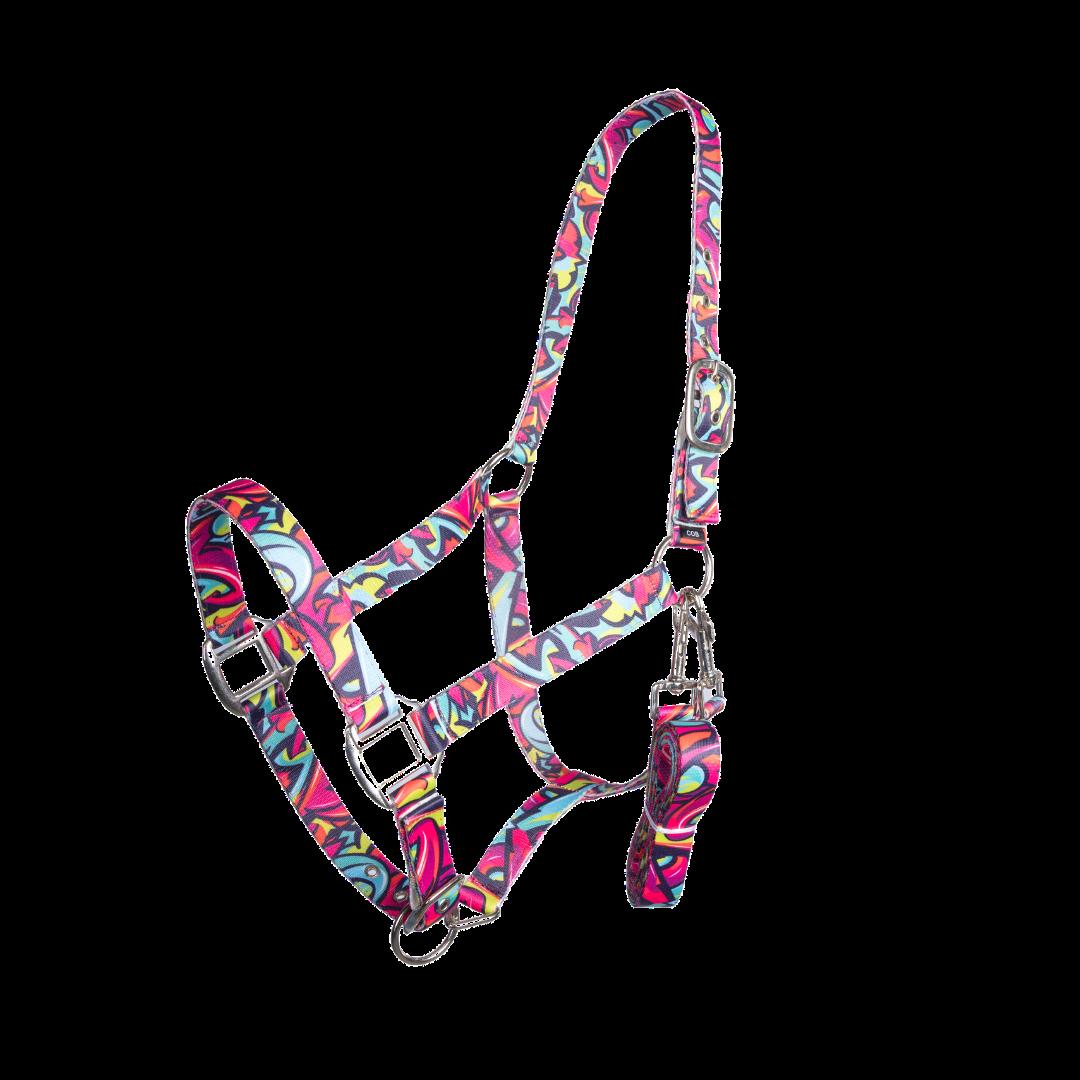
Match a funky style to your pony’s personality. Is he lightning fast? BOLTS! Is she cool and calm? WAVES! Or is he just so cool and stylish? GRAFFITI!
The Funky’s adjustable head and nose piece make it


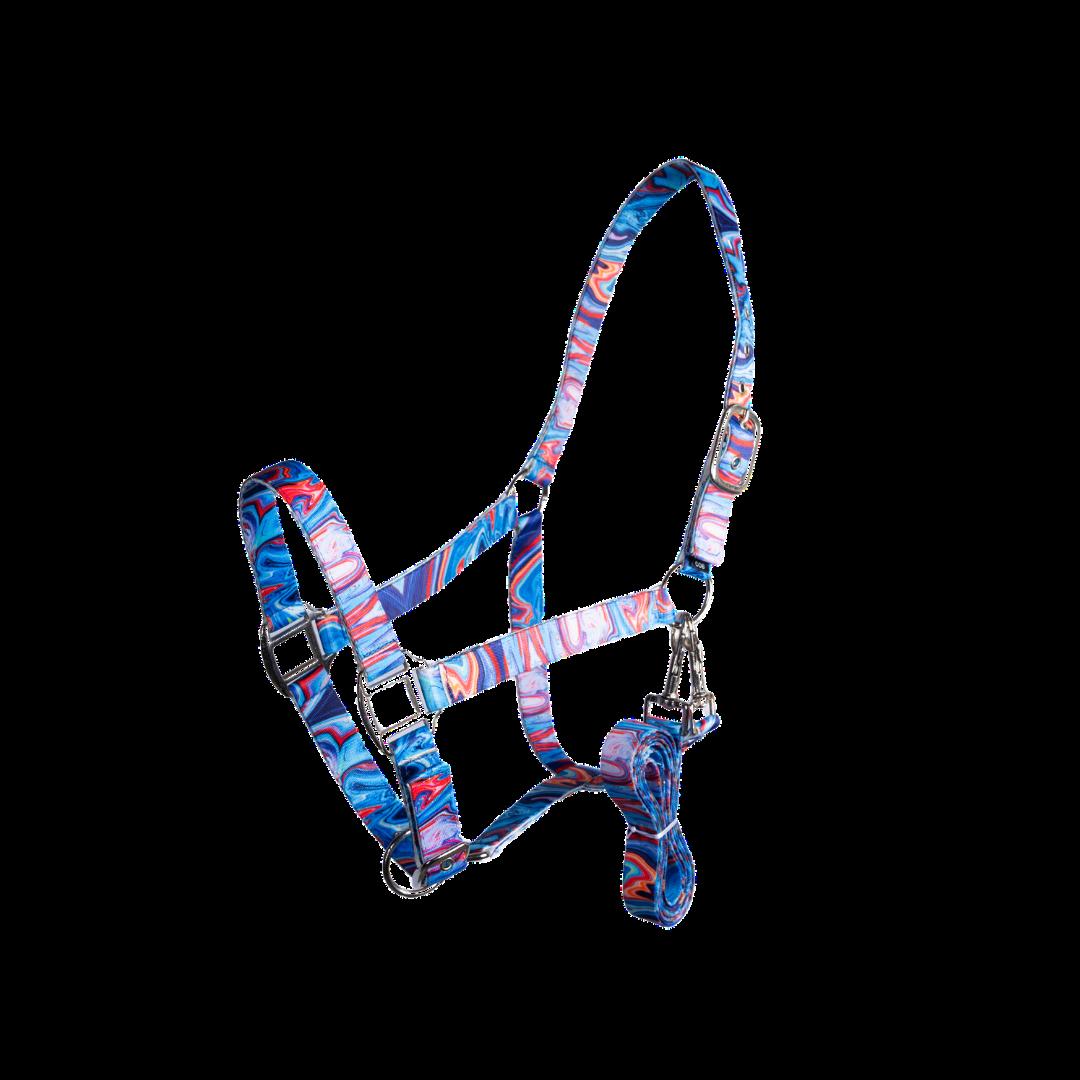
your four-legged-friend can strut their stuff in style.
So, which Regus Funky pattern do you think your pony would rock with style?
Find the Regus Funky Halters and more at Western Shoppe. www.westernshoppe.com

